The Nintendo Switch 2 brings many new features to Nintendo's portable console formula: 120 Hz and HDR screen, 4K compatibility in docked mode, upscaling, mouse mode, new vibration motor, new format and much more refined design. At the same time, the manufacturer is not taking many risks and is only improving what already exists. This goes right down to the console's interface, which has changed little.
With all this in mind, is the Nintendo Switch 2 worth its price increase to €469? Is it a good console? How does it compare to the competition that has emerged since the first Switch, such as the Steam Deck, ROG Ally X, and others? We'll answer all these questions in this comprehensive test.
Updated June 17, 2025 with the addition of the video.
The video test
Price, colors, and availability of the Switch 2
The Nintendo Switch 2 is available at a suggested retail price of €469, although it can easily be found for around €439. The box containing Mario Kart: World (download code) sells for €510. There is currently only one color for this console, black.
A price that caused a lot of discussion at its release, since the machine is as expensive as an entry-level home console, such as the PS5 Digital Edition, and even more expensive than an Xbox Series S, with lower performance. Compared to portable PC consoles released in recent years, however, it fares better and sits between a Steam Deck LCD and all Windows consoles.
Various accessories are available. Here are the main ones:
- the Nintendo Switch 2 camera at 60 euros;
- the Joy-Con 2 charging stand at 35 euros;
- the Samsung 256 GB microSD Express card at 60 euros.
Design: Nintendo's console goes premium
When you place the old Nintendo Switch next to the Switch 2, the former immediately gives the impression of being a toy compared to the latter. The Switch 2 is therefore much better finished, that's undeniable. It has a larger screen, a soft, slightly textured black coating, its controllers are larger, its sticks too. In short, it's a bit more Nintendo Switch, or even the Nintendo Switch but better.
The Joy-Con2 now detach and attach using a magnet. The experience is not only more practical, it's also more enjoyable. Despite its gain in size, the console seemed more pleasant to use than the Switch1. It also has the advantage of containing its thickness a little, which remains strictly at the same level as its predecessor, as does its weight. With its 550g, the Switch2 is light to say the least, especially if we compare it to a Steam Deck (640g) or a RoG Ally (608g).
Another welcome addition: the new kickstand, which this time runs across the entire body of the console. It allows the console to be positioned in just about any angle imaginable.
The bottom of the console is relatively sparsely populated, with only the USB-C connector for docking and ventilation openings. The top edge, on the other hand, is quite busy. In order, from left to right, we find:
- the power button;
- the volume buttons;
- the light sensor;
- three ventilation slots;
- a second USB-C port;
- a 3.5 mm jack port;
- the cartridge port;
- a microphone.
Let's take this opportunity to mention the new USB-C port located at the top. While we expected it to open the door to all third-party accessories, we had a hard time taking full advantage of it. In fact, all the headsets with USB-C dongles that we tried to connect to it only worked for the microphone portion, while the headset portion failed to connect. Similarly, the top USB-C port doesn't support data transfer. It is therefore a little limited.
Our opinion on the accessories
Before moving on to the screen analysis, let's talk about the accessories provided or available as options.
All credit where credit is due, let's start with the dock provided with the console (and still costing 110 euros, don't break it!). This one is much more premium than the previous one, with more robust plastic and a slightly more premium finish. On the other hand, the chosen plastic picks up fingerprints very quickly. The dock also includes a serial Ethernet port, two USB-A ports, a USB-C port for power, and an HDMI port.
Later in this article, we'll discuss GameChat, the new voice chat feature natively integrated into the Switch2. For the occasion, Nintendo is marketing an external camera, sold for the trifle of 60 euros. A bit of a steep price for a 1080p camera. Fortunately, for this price, Nintendo offers an impeccable level of quality (thankfully). The camera has a privacy cover that can be activated simply by turning a ring around the lens.
The last accessory we'll mention is the new Pro Controller. Nintendo has really pulled out all the stops here. Everything about this accessory exudes quality. The almost silky plastic chosen, the vibration motors, the extreme lubrication of the sticks, and the perfectly silent button feel. It's pure art.
The LCD screen of the not-so-terrible discord
We devoted a full article to the Switch2's screen, comparing it to the Switch1 and the OLED Switch. Below you'll find the data measured using the 01lab probe. If you're interested in this topic, we strongly encourage you to read it. However, we'll briefly summarize the points covered in this article.
The Switch 2 therefore moves from the 60 Hz OLED screen of the Switch OLED and its infinite contrasts to a 120 Hz LCD screen. It goes without saying that this choice disappointed more than one fan. But beyond the disappointment, what factual data can we gather from the Switch 2's screen?
Before diving into the figures collected by 01lab, let's point out that the gain between the Switch 1 and 2 is real. The screen is better defined, more fluid, and has a better contrast ratio. To the naked eye, what the screen sends is much more flattering than its LCD predecessor. Even the Switch OLED, with its infinite contrasts, necessarily appears less fluid and less detailed.
| Switch 2 | Switch 1 | Switch 1 OLED bright default | Switch 1 OLED standard mode | |
|---|---|---|---|---|
| SDR peak light (in cd/m²) | 360.65 | 330.16 | 341.8 | 339.57 |
| HDR peak light (in cd/m²) | 460 | - | - | - |
| Minimum brightness (in cd/m²) | 2,4 | 2 | 1.9 | 1.9 |
| Black point (in cd/m²) | 0.32 | 0.34 | 0.02 | 0.02 |
| Contrast | 1109:1 | 951:1 | 17090:1 | 16979:1 |
| Gamma | 2.2 | 2.2 | 2.2 | 2.2 |
| Temperature (in K) | 7758 | 6961 | 6901 | 6865 |
| Delta E 2000 sRGB | 4.05 | 2.24 | 4.59 | 2.26 |
| Reflectance (in GU) | 102 | 200 | 136 | 136 |
Let's move on to the measurements. The brightness is slightly higher with a gain between 20 and 30 cd/m² depending on whether you compare the Switch 2 to the very first one or its OLED counterpart. Above all, it is the HDR peak brightness measured at 460 cd/m² that makes the difference, when the content allows it. The new feature brings real comfort, but the performance remains below market standards.
In addition to the HDR mode, the Switch 2 is less prone to glare with a lower reflectance, around 102 GU, compared to 136 on the OLED and 200 on the Switch 1. A particularly poor performance for the latter. The gain brought by the Switch 2 is therefore clearly visible to the naked eye and is close to what we find on a smartphone. The screen remains bright and the lack of brightness will hardly allow a gaming session outdoors and even less so in direct sunlight. Nevertheless, the improvement is there and thus improves the general readability.
That's it for the improvements. Unfortunately, the Switch2 also loses ground in several areas. Inevitably, the contrast is not as good as the infinite screen of the Switch OLED. While it improves on the Switch1, going from 951:1 to 1109:1, this remains a very low value. Something above 1500:1 would have been more acceptable. In practice and to the naked eye, the screen does not shock in broad daylight. At night, however, the blooming is immediately noticeable.
In terms of colorimetry, the screen displays a greater drift than the Switch1, with an average sRGB delta E2000 of 4.05, compared to 2.24 on the Switch1. Only the OLED Switch's default mode performs worse at 4.59. Additionally, the Switch2 has a much cooler color temperature, at 7758K, compared to 6961K on the Switch1.
Performance: So Smooth, But Lagging
The Nintendo Switch 2 features a custom Nvidia chip. Nintendo has indeed decided to renew its faith in the graphics chip and AI giant. It's hard to argue with him given the longevity of the Switch 1's Tegra X1 chip, which managed to run both 3D Zelda games on a machine as powerful as a 2015 smartphone.
The new chip has significantly more power than the console, allowing it to claim performance that can reach a maximum of:
- 4K definition at 60 frames per second;
- 1080p definition at 120 frames per second.
The console also supports QHD definition on certain titles. This is the case for No Man's Sky, for example, which runs at 30 FPS in this definition when docked. Generally speaking, the console can claim greater performance when connected to an external screen.
The gain compared to the Switch 1 is obviously massive. In addition to raw power, the console can also rely on modern upscaling techniques like Nvidia's DLSS or AMD's FSR. According to our tests on nearly ten titles, it also manages to remain perfectly silent, while maintaining moderate heating. It only heats up significantly in docked mode; we'll have to see if this damages the battery in the long term.
In-game performance and graphics quality
Overall, performance is very satisfactory for a hybrid console. We're well above the graphic quality of a Steam Deck, and upscaling works wonders in docked mode.
That being said, don't expect performance equivalent to home consoles like the PS5 or even the latest GeForce RTX5070 Ti graphics card. You're more in the same league as a PS4 Pro. This is particularly evident in several small flaws, such as aliasing, which is still very present in certain titles, textures that are less fine than on a PS5 version of the same game, or even some display distance issues. In addition, on demanding games, the screen refresh rate rarely rises above 40FPS.
In detail, Zelda Tears of the Kingdom in its Switch2 version offers a very fluid experience, all while taking advantage of HDR, which makes the game much more beautiful. On the other hand, it's regrettable that some graphic artifacts remain. Shadows, for example, continue to be poorly handled with aliasing that causes an unpleasant blinking effect.
Mario Kart World, the console's launch game, is truly sublime for one player. The textures, the visual effects, the stable frame rate... there's little to complain about. There's just one thing we can regret: with four players, the console is forced to revert to 30 FPS.
Cyberpunk 2077, a demanding game if ever there was one, was also released on Switch2. And the least we can say is that CD Projekt didn't mess around. The studio behind The Witcher 3 has made a real port here. The game offers two modes: performance mode, which goes up to a stable 40 FPS, and quality mode, which goes up to 30 FPS. While performance mode includes some graphical artifacts, which are noticeable around the weapon, especially when moving the camera, quality mode is quite impressive. On an 8-inch screen, as long as you get used to the slightly lower fluidity, it seems more than enough to enjoy the journey. Don't expect ray tracing in all directions, but it runs very well.
As for Switch 1 games running on Switch 2, we generally noticed lower loading times on the new console, even without a dedicated update. Additionally, games that benefit from a Switch 2 update, whether free or paid, share a similar quality: the Switch 1 relied heavily on variable framerate or variable definition to run certain titles. Switch 1 games therefore benefit from a stable framerate and definition on the new console. The extra power therefore allows you to rediscover these titles in optimal conditions. Switching back to the Switch 1 gives the impression of playing a game with a blur effect. The difference is, in our opinion, quite astonishing.
Storage: quite enough for launch, not for console lifespan
Before moving on to the interface, let's take a look at the console's storage. Is 256 GB enough? We were able to install about twenty titles without worrying about it, knowing that most were on cartridges. If this is the case, you're safe, you can probably wait a bit before buying a microSD Express card.
Especially since the download speed has been greatly improved by moving from WiFi 5 to WiFi 6. For a game like Animal Crossing, on the office WiFi, the Switch 2 took 9 minutes to download it compared to 38 on the Switch 1. A nice improvement, even if it's still a bit long for a 10 GB game.
Besides, be very careful not to buy the wrong card. If you're a little lost, we've created a tutorial to help you find your way around.
Interface: just the Nintendo Switch 2, with a hint of GameChat
We've rarely felt like the console world was getting closer to the PC world than with the launch of the Switch 2. Nintendo has chosen to keep exactly the same operating system (OS) as its previous console, up to version number 20.1.1, which is exactly the same. This makes life easier for pirates, but also gives a sense of familiarity when switching to the new generation of consoles. This ensures a smooth transition. We find our little ones, the icons are in their place, the game library too. In short, a bit like when you change graphics card on a PC: it runs better, but it's still your PC.
There are a few marginal changes to note, but before going into detail, let's focus on the major development on the new console: the store is incredibly more fluid. There you go, it's easy to say, it doesn't seem like much, but it changes your life so much. Videos start immediately, images appear right away, in short, it's an incredible pleasure just browsing the store.
The Switch2 includes two major new features:
- GameChat;
- GameShare.
Let's take a closer look at these two features.
GameChat: a very nice introduction
GameChat is more or less the introduction of a "Nintendo-style" equivalent to Discord, Teams, or Google Meet, limited to 4 players, all with all the expected proprietary security features, of course. For example, it is impossible to capture menus, to prevent sensitive information from being shared. It's also impossible to take a screenshot when one of the participants in the GameChat session shows their head. Because yes, GameChat natively integrates the ability to share your screen, but also your surroundings or simply your face using a clipping path. This is, moreover, risky to say the least, but it has the merit of existing.
On the other hand, sharing games live will not allow you to transform a friend's No Man's Sky gaming session into a streaming session between friends, as the sharing conditions are far too degraded. Not only is the image pixelated, but the refresh rate drops well below 30 FPS, transforming the streaming session with friends into a slideshow party.
By default, GameChat takes up a significant portion of the screen, with your friends' windows located at the bottom. Two alternative displays are offered, one that minimizes your friends' windows, the other that puts the game in full screen. In this mode, a small microphone icon with the nickname of your contacts can appear in a corner of the screen to indicate who is speaking.
For the record, when you play in windowed mode via GameChat, the definition of your game will tend to drop, especially if it is a 4K title. This was confirmed to us by the Nintendo Switch2 Welcome Tour, the console's (paid...) user manual which includes a mini-game based on 4K. When using it at the same time as GameChat in windowed mode, the title indicates that the definition is reduced.
Let's talk a little about the quality of the sound captured by the console's microphone, since this is what part of the process relies on. You can also connect an external microphone via the top USB-C port if you feel like it; the console easily recognizes it.
Over the years, active noise reduction technology for filtering out background noise has improved considerably. But rarely have we seen something as accomplished as what the Switch 2 offers. In the console's official presentation, the Kyoto company invited users to place the console on their TV stand and speak from their sofa, promising that the microphone would be able to output something clear. As good PC gamers, we immediately laughed "that will never work." Well, we were wrong.
The Switch 2's microphone, coupled with the miracles of noise reduction, manages to achieve this feat. For our part, we tried to trick it, by placing the console next to our sound bar, or even by vacuuming in the middle of a gaming session. At no time did our interlocutors complain of poor sound quality. Enough to send the headset for recycling...
GameShare: the feature that allows you to share a game live
Let's now look at the other major new feature introduced with the Nintendo Switch2: GameShare.
The idea is simple: share a game locally or remotely in remote play. In plain English, this means that one of the players owns the game, runs it on their console, and creates a server where the others can come and play from their own console — Switch 2 as well as Switch 1. It's a bit like a streaming session from the console of the player who invited.
We tried the experiment with two consoles, being next to each other or at a distance, in all In all cases, GameShare proved to be remarkably effective. While there are some visual artifacts that remind us that we're streaming, the rendering is still very clean. We were also surprised by the very reasonable latency and the absence of micro-freezes that could ruin the experience. Nintendo seems to have figured out how to master the subject.
Virtual Game Cards: the feature that allows you to lend a game, but with restrictions
Let's say a word about virtual game cards, which were introduced a few weeks ago on Switch1, but which should gain momentum with the arrival of the new console.
This system, which also benefits from a dedicated icon in the Home menu, introduces two major changes. It transforms dematerialized games into digital “game cards,” then authorizes the loan of said games for a renewable period of 14 days.
On paper, this sounds like a good idea. But Nintendo has, of course, incorporated a whole host of restrictions. For example, it's only possible to lend a game when the two users' consoles are next to each other. This is a significant bottleneck for friends who live hundreds of kilometers apart and would like to share a game. Furthermore, the console requires that both users involved belong to the same Nintendo family, which is limited to 8 people. Again, this inevitably complicates the process.
We've identified another major problem: it's now impossible to use the same digital game on different consoles with the same account. And yes, with the creation of virtual game cards, Nintendo is removing this possibility from players. You now have to "move" the game card before you can play it on another console. Fortunately, this can be done remotely, but both consoles must be connected to the internet. Don't forget to do this before going on vacation...
The Nintendo Switch 2 could have gone further
Overall, Nintendo's interface is a mature product. It does the job well, and it's easy to understand why Nintendo didn't want to venture into a new OS. That said, since the release of the Switch 1, Nintendo now has competition, albeit limited, but very real, from portable PC consoles. Sales of Steam Deck, ROG Ally and others are still far from the heights of Nintendo, but all these consoles have the merit of bringing a whole host of options and innovations in the field of the modern portable console interface.
Let's mention for example the Steam Deck which allows fine tuning of the performances, even by playing on the number of watts used by the system or the refresh of the screen, all on the fly in game with a perfectly integrated overlay. These consoles also often offer options for configuring buttons and saving these settings for each game.
Of course, since Nintendo is targeting the general public, it is impossible for it to offer settings as complex as on a Steam Deck. The average user doesn't want to get their hands dirty to this extent. But Nintendo could have still dipped in here and there to add more options.
To date, there are still only two color themes for the console. It's impossible to categorize your games (except by using the not-so-complete folder system), and there's virtually no multimedia system that allows you to launch a short TV series on the console—cheer up, the optimized YouTube app should eventually arrive. Furthermore, some blockages still seem odd. The new display menu, dedicated almost entirely to HDR management, is ultimately quite meager, for example. Likewise, the Bluetooth settings, the quick access menu to the settings, all of this does the bare minimum.
Autonomy: the cold shower
Let's talk about the sore point. The battery life is really not great on the Nintendo Switch2. We noticed that on a somewhat demanding game like Mario Kart or Breath of the Wild in its Switch2 edition, the console tended to fluctuate between 2 and 3 hours of continuous use.
To give a concrete example, we noted for example that on a console with the brightness at 100% and the volume at 50%, we went from 100% battery life to 62% in 1 hour. A 6-minute run took an average of 2%.
Our little tip if you want to save a little battery life: activate automatic brightness. At constant settings, the console emits more nits when automatic brightness is deactivated.
On the internet, various reports have reported a console discharging during a gaming session in docked mode. We only had this happen once, at the very beginning of the console's launch while we were downloading our entire game library. So, we can say that we're OK with that.
Charging: it's long, too long
The Nintendo Switch 2 comes with an official 60W charging block and a 1.5m cable. The Switch 1 came with a 45W block. However, the console doesn't benefit from this extra power. According to our measurements, under pure load, it peaks at 14.4W with an average of 9.4W. In games, we measured a peak at 21W, with the most demanding titles hovering around 19W.
Obviously, this does not give a very high charging speed. According to our measurements, to go from a switched off console to a fully charged one, it took 178 minutes, or nearly 3 hours. As you can see in the graph below, we see a roughly normal charge up to 110 minutes, then a gradual slowdown until the end.
A charging time that is therefore barely better than the Nintendo Switch OLED. The latest Switch1 takes 198 minutes to fully charge, with a peak at 19.7W and an average of 8W.
Nintendo, no doubt aware of its console's limitations at launch, offers a setting to prevent this from getting worse. One option preserves battery health by blocking charging at 90%.
Audio: a little flat
The Nintendo Switch2 has two speakers. In docked mode, it supports 5.1 linear PCM, an audio format that isn't necessarily well-known. Support for Dolby Atmos or DTS would have been nice.
As for the sound produced by the console itself, we find it a little weak, a little flat. At least when we're not playing a Virtual Surround-compatible game like the new Mario Kart World. On other titles, the sound clearly lacks depth and bass. It sounds a bit flat. Nothing catastrophic either. We didn't notice any unsightly distortion. It should also be noted that as the volume is increased, the treble tends to take over.
It is also regrettable that the sound localization is not as good as what some smartphones are capable of producing today. In a title like Fortnite, it's a bit difficult to spot where the gunshots are coming from.
A word about Bluetooth management. During the console's presentation, Nintendo promised to have greatly improved the console's overall wireless management. We were therefore somewhat disappointed to discover that it was still not possible to play with more than two Joy-Con controllers and an audio device connected via Bluetooth.

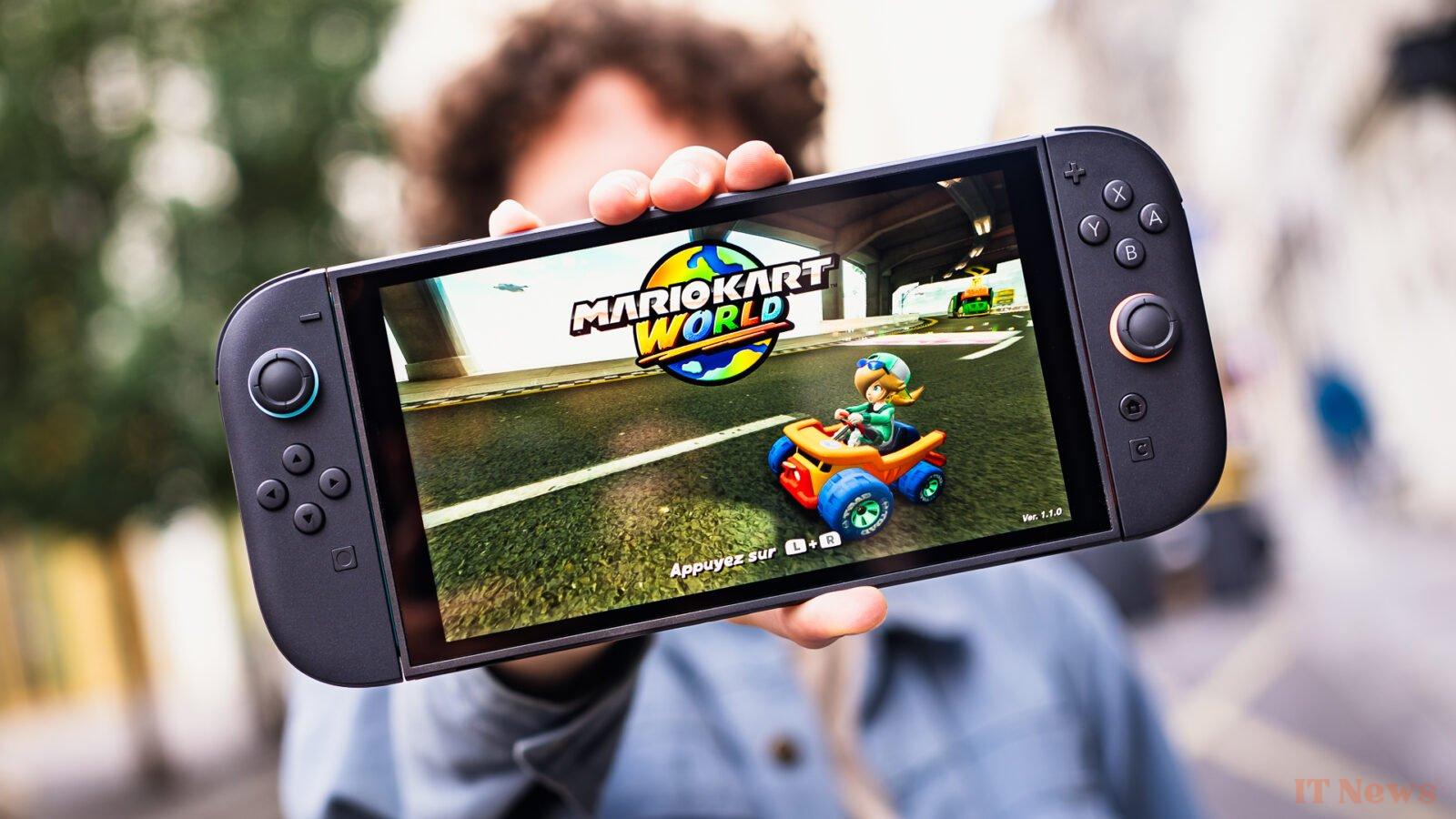
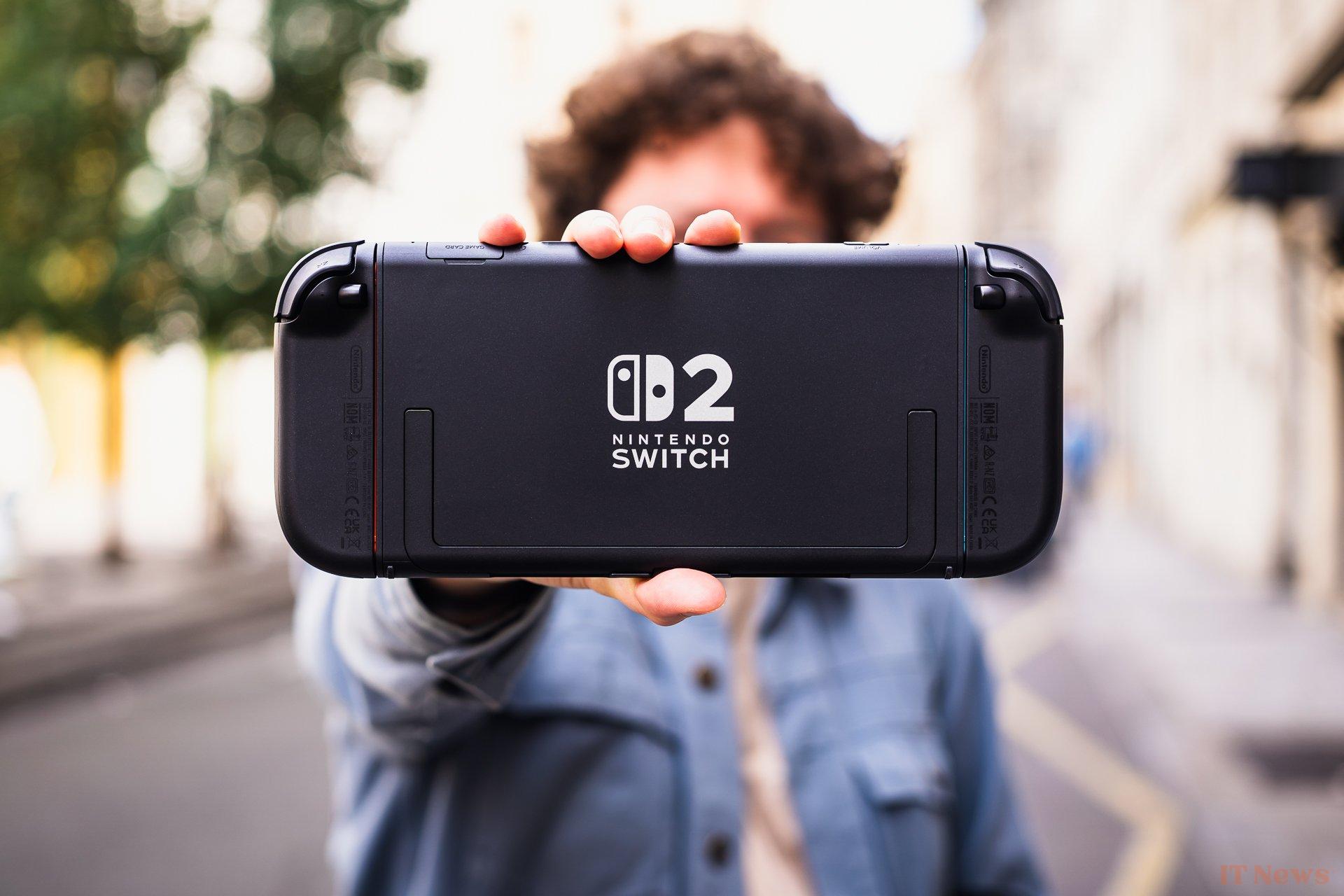
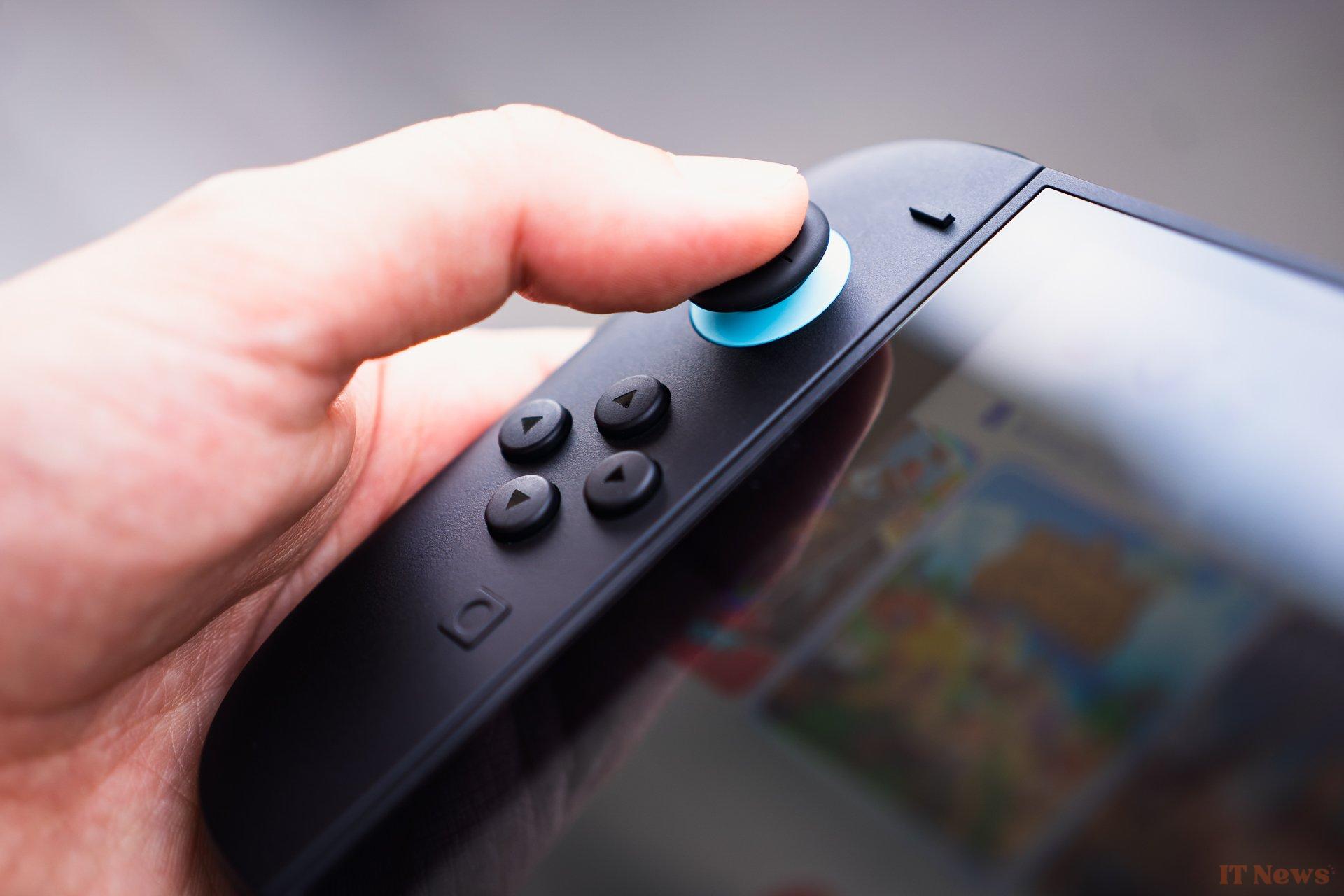

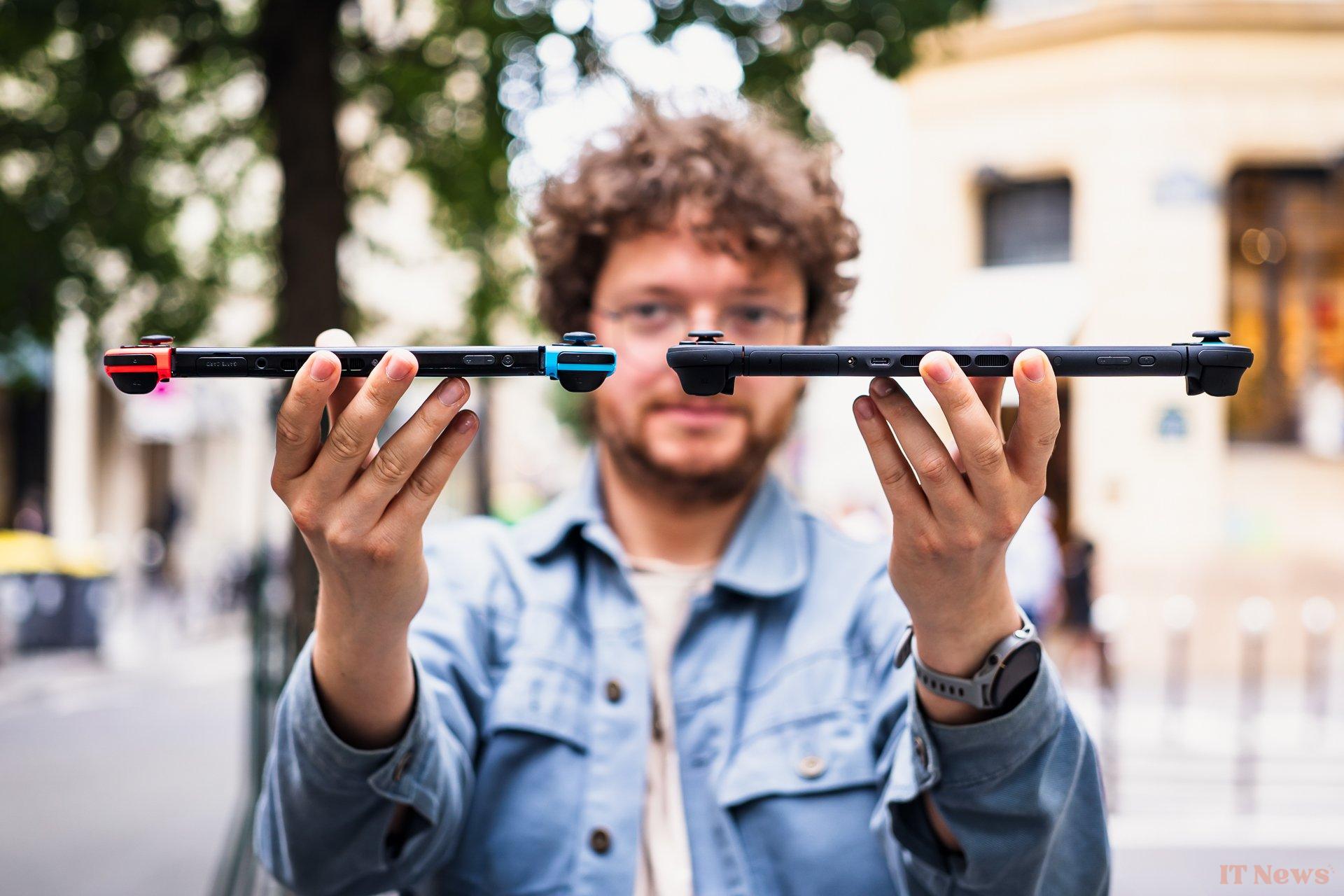
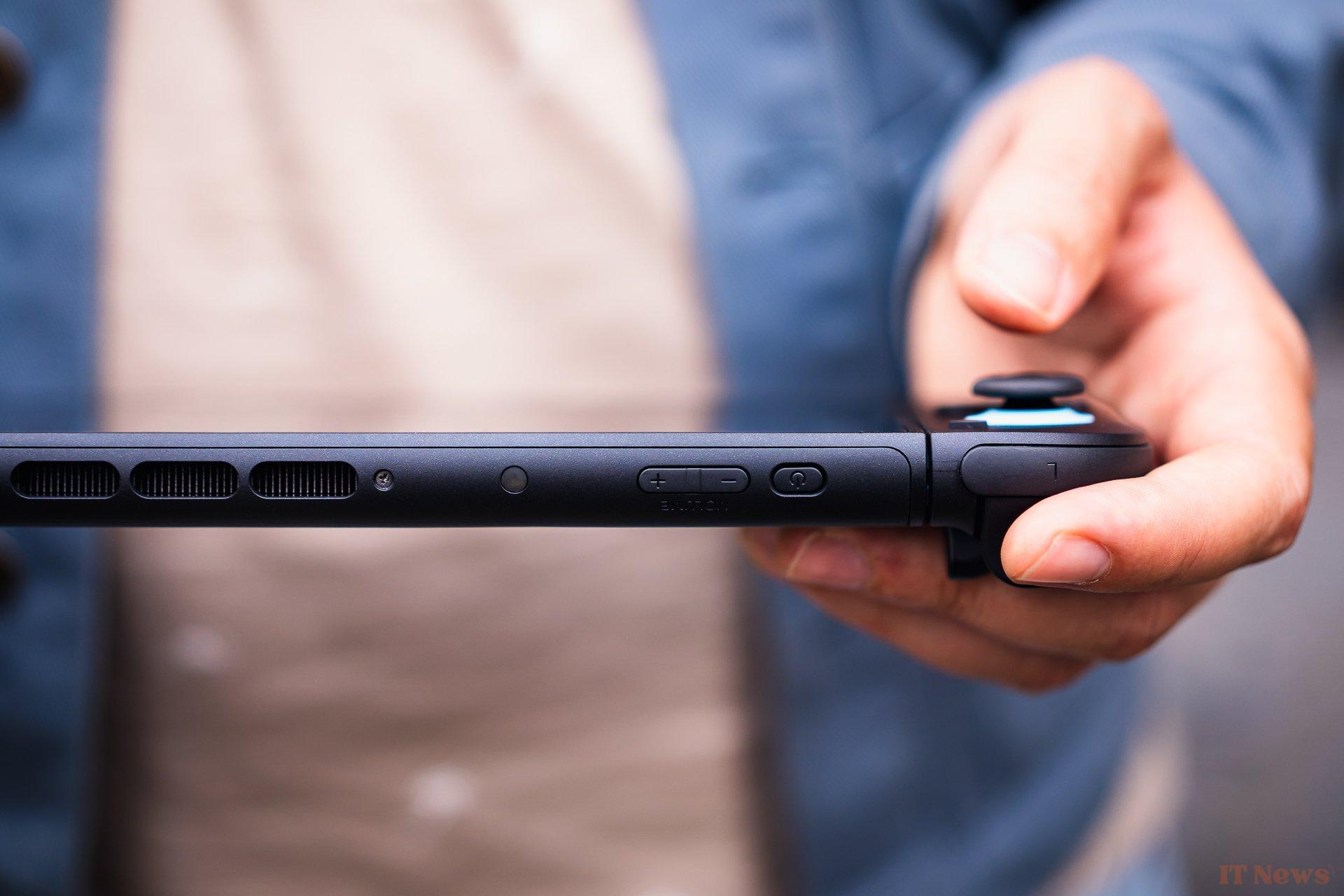
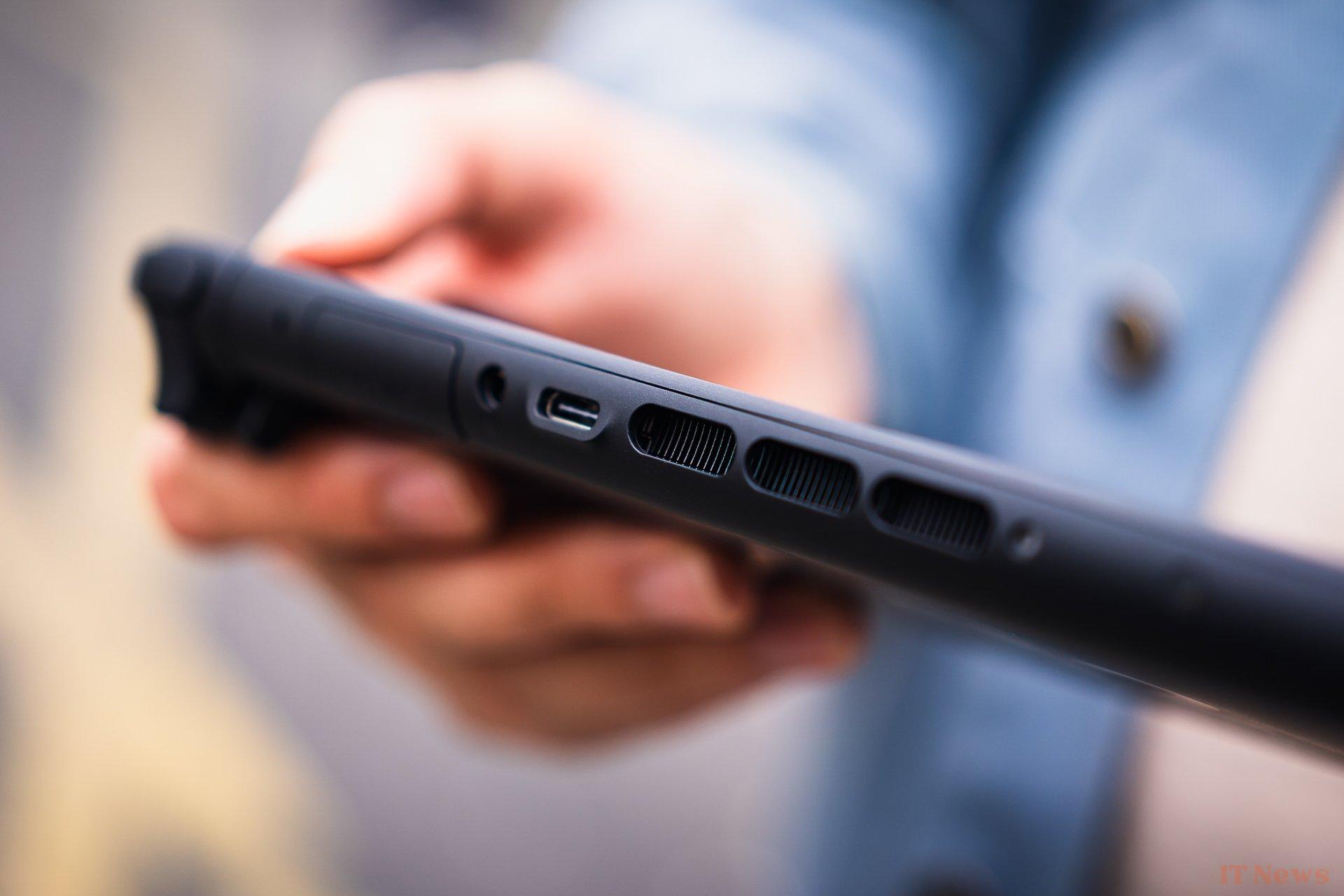
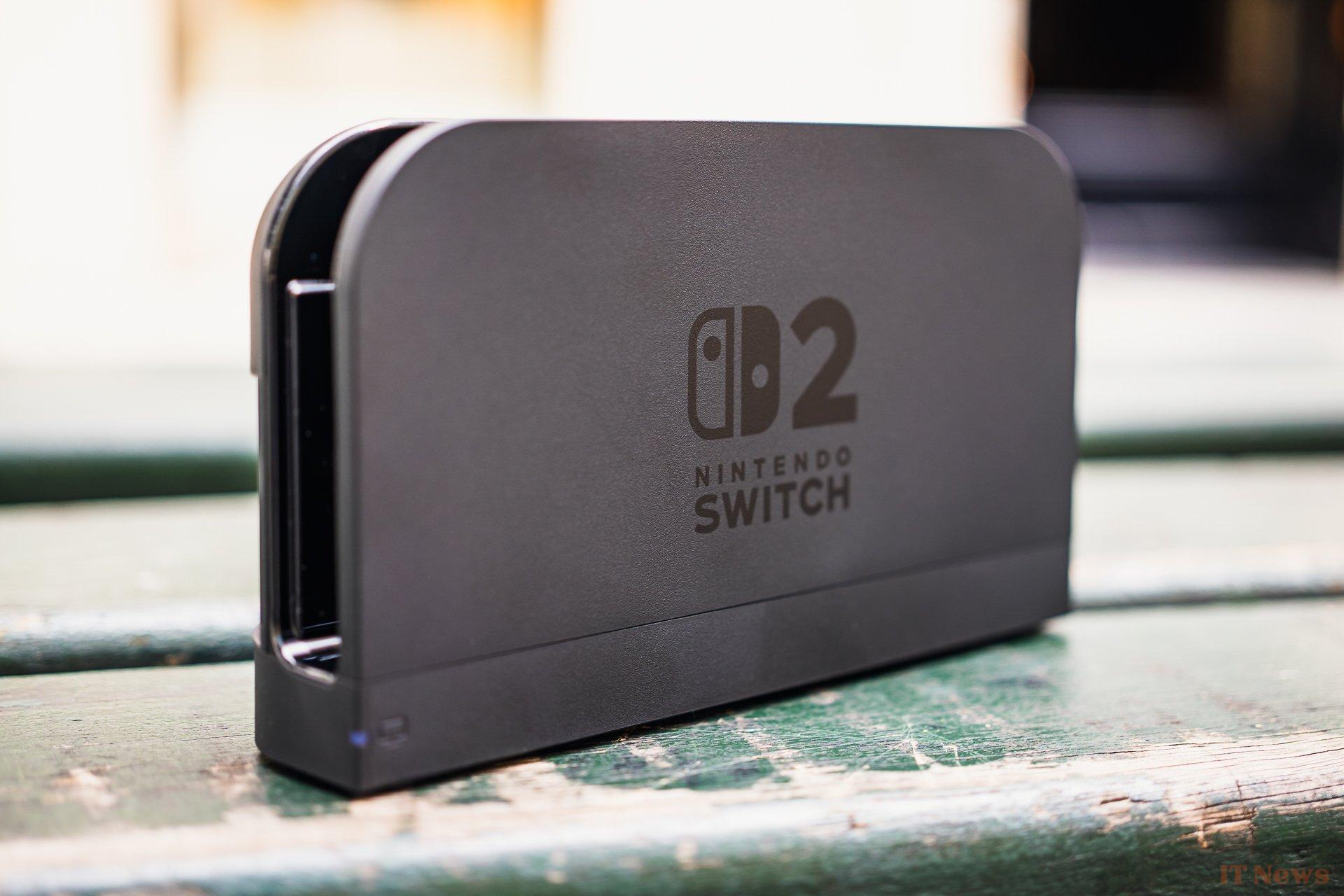
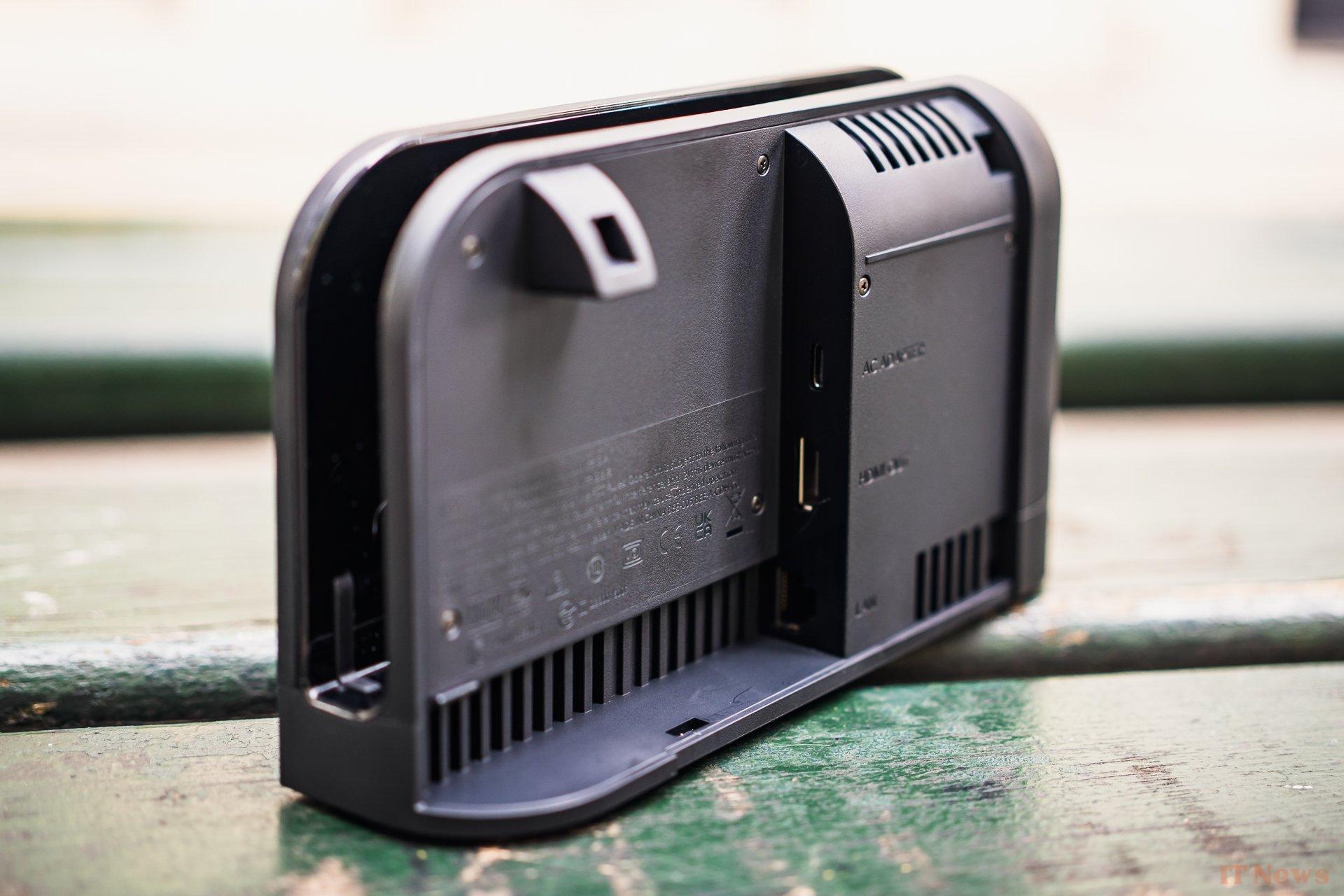
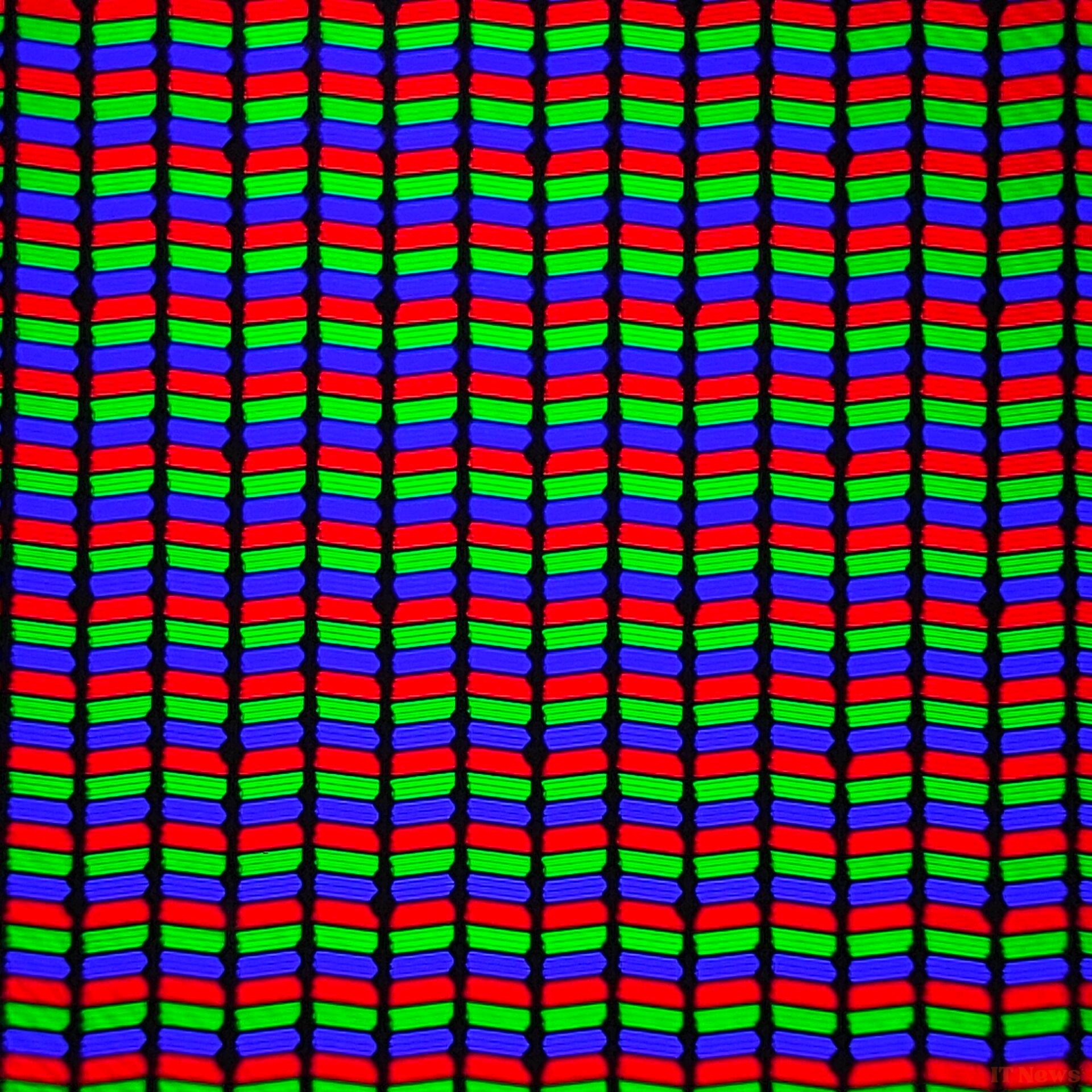
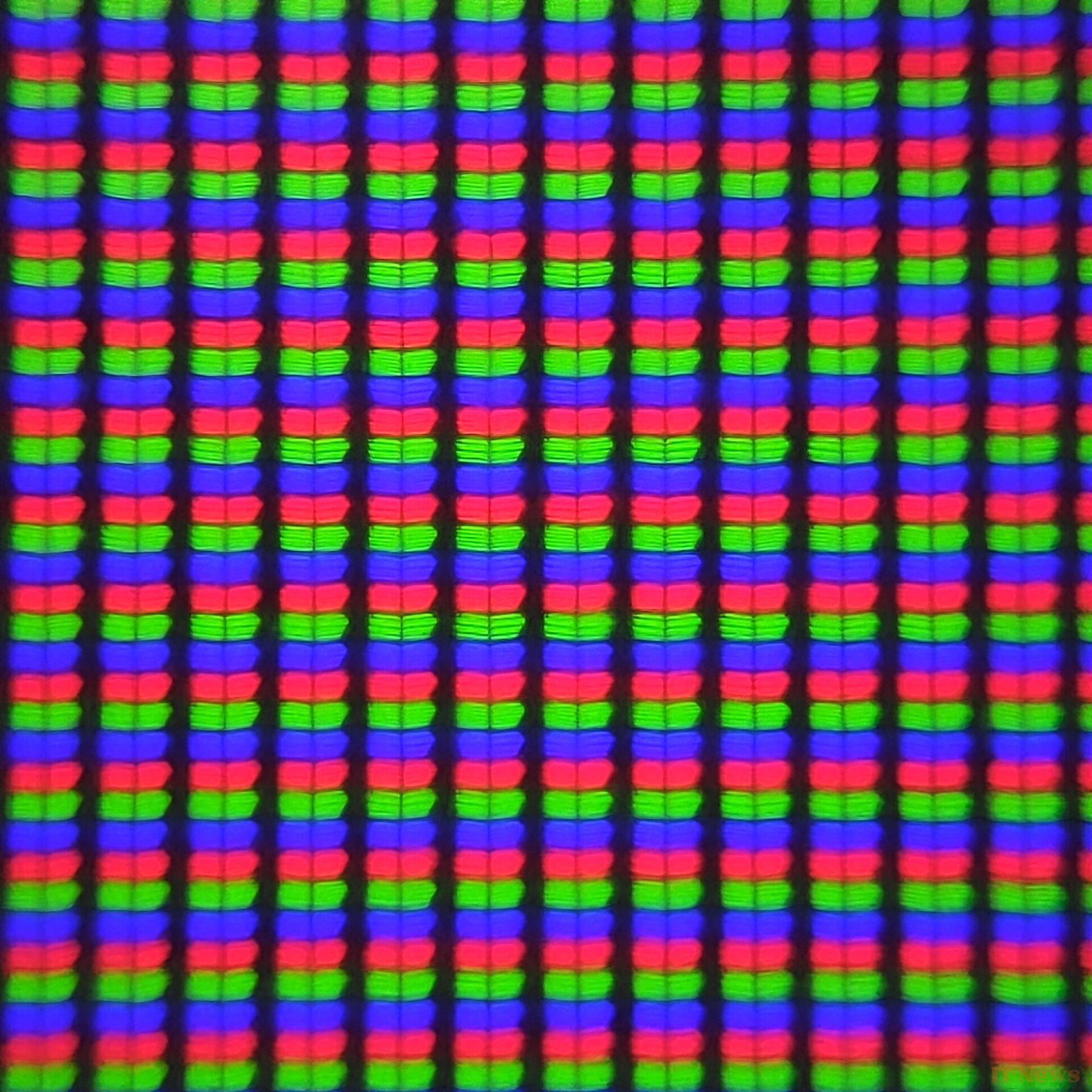
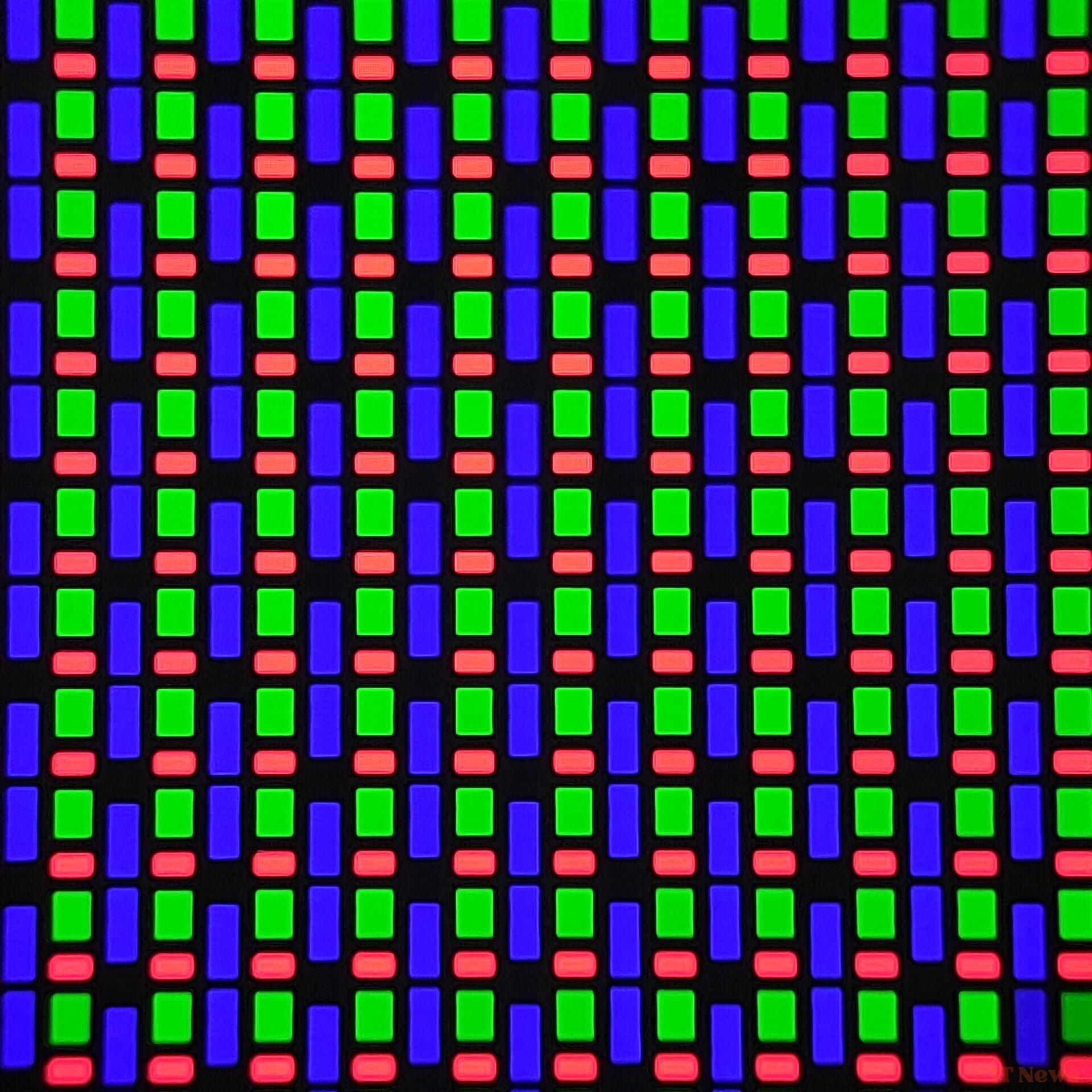
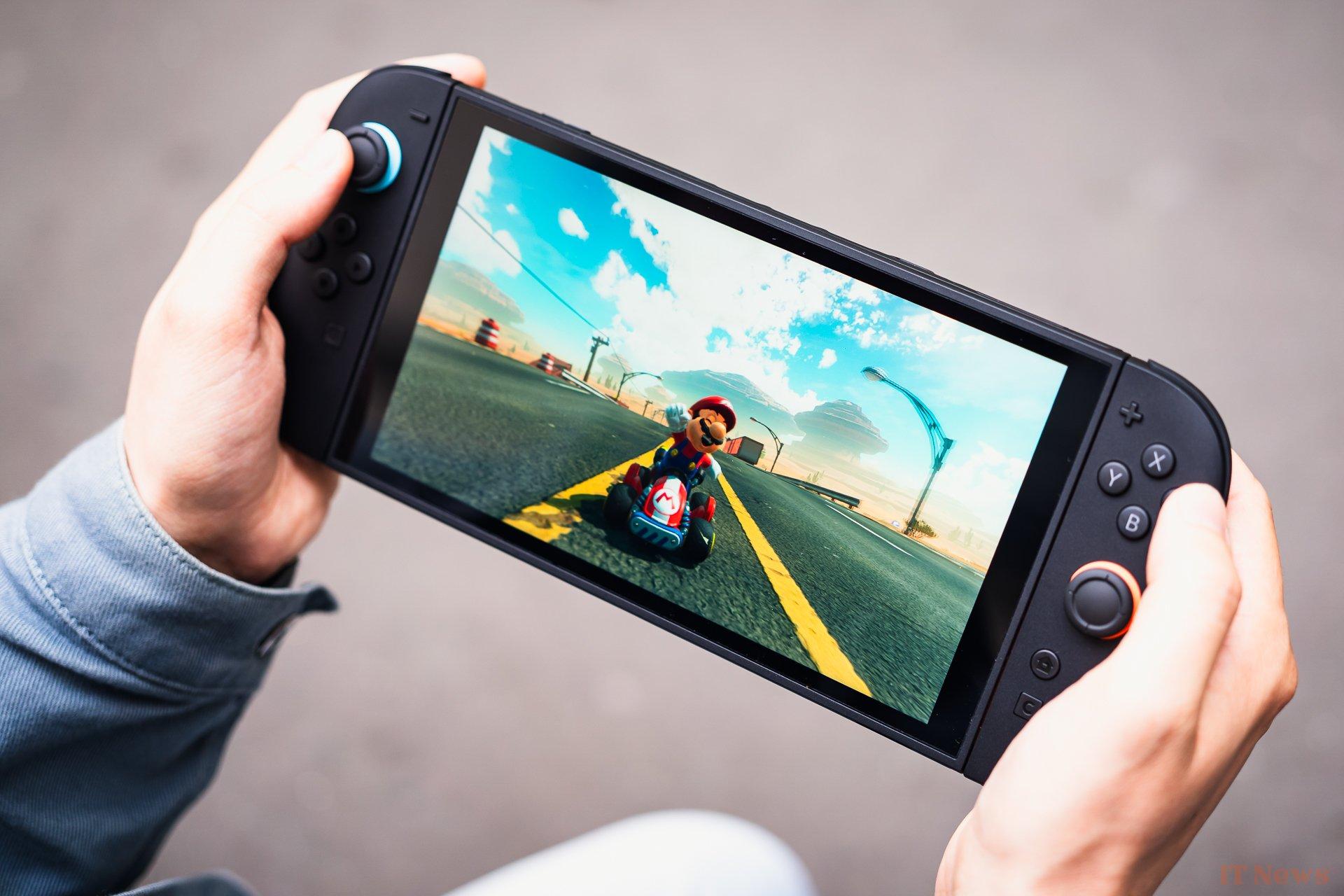
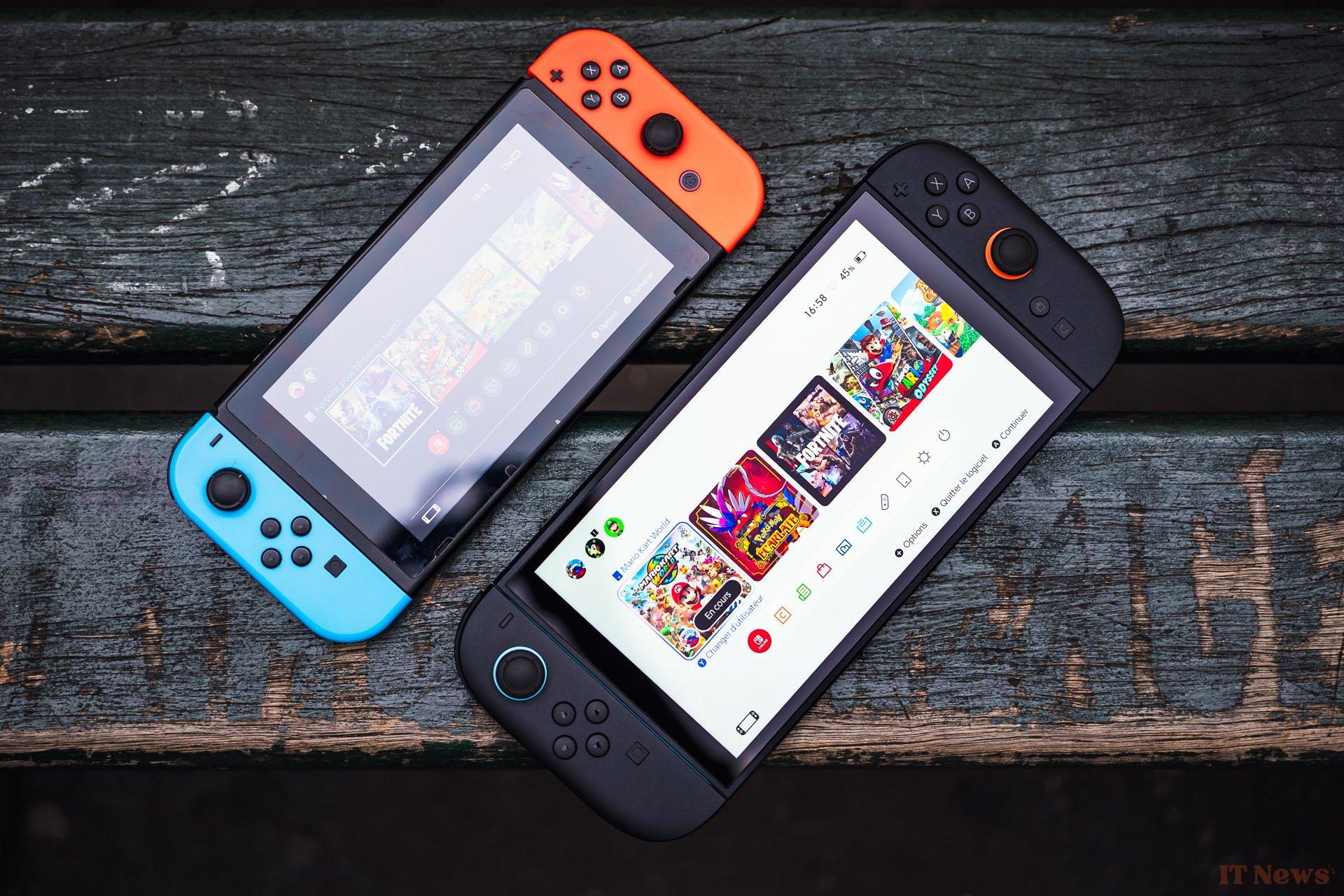
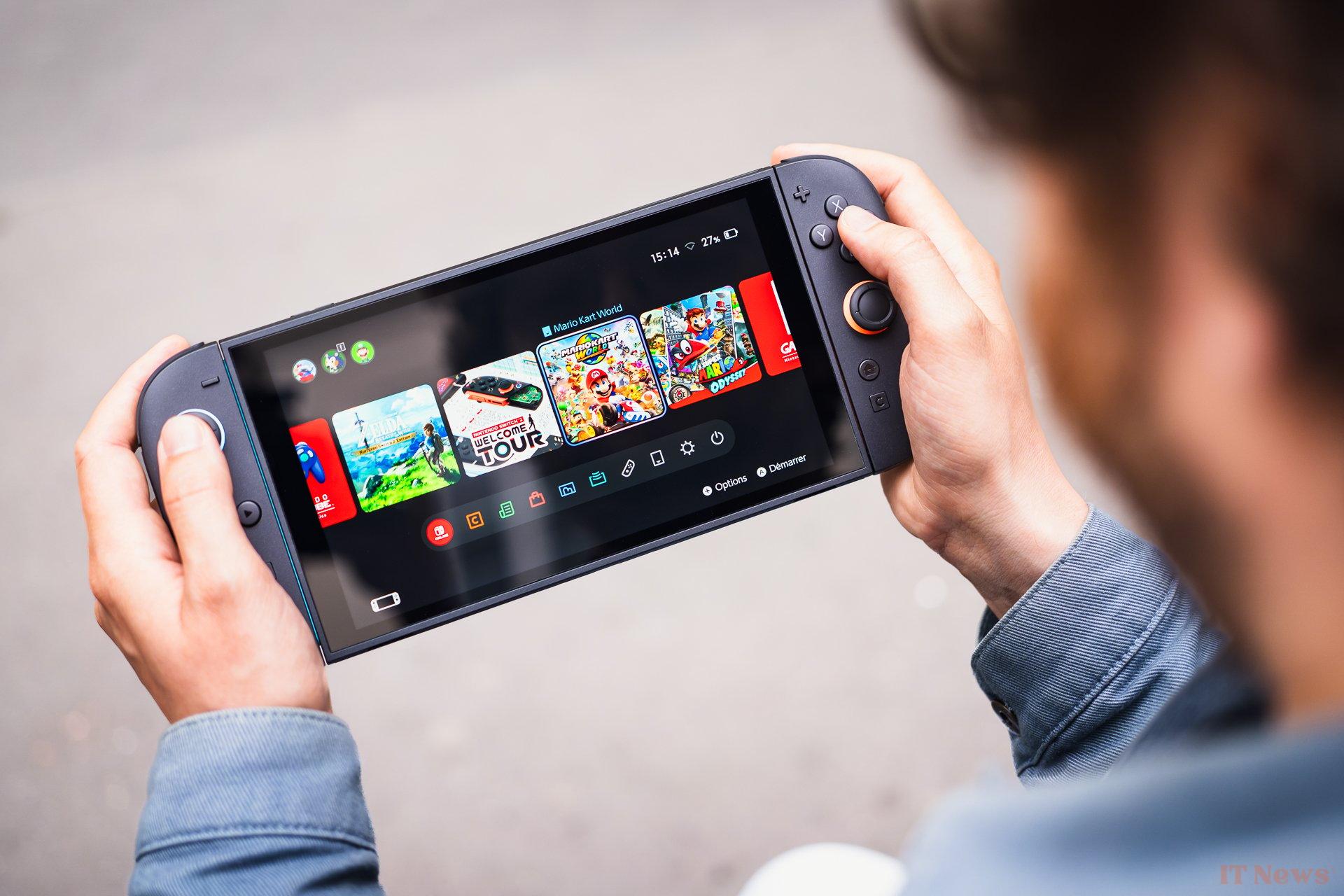
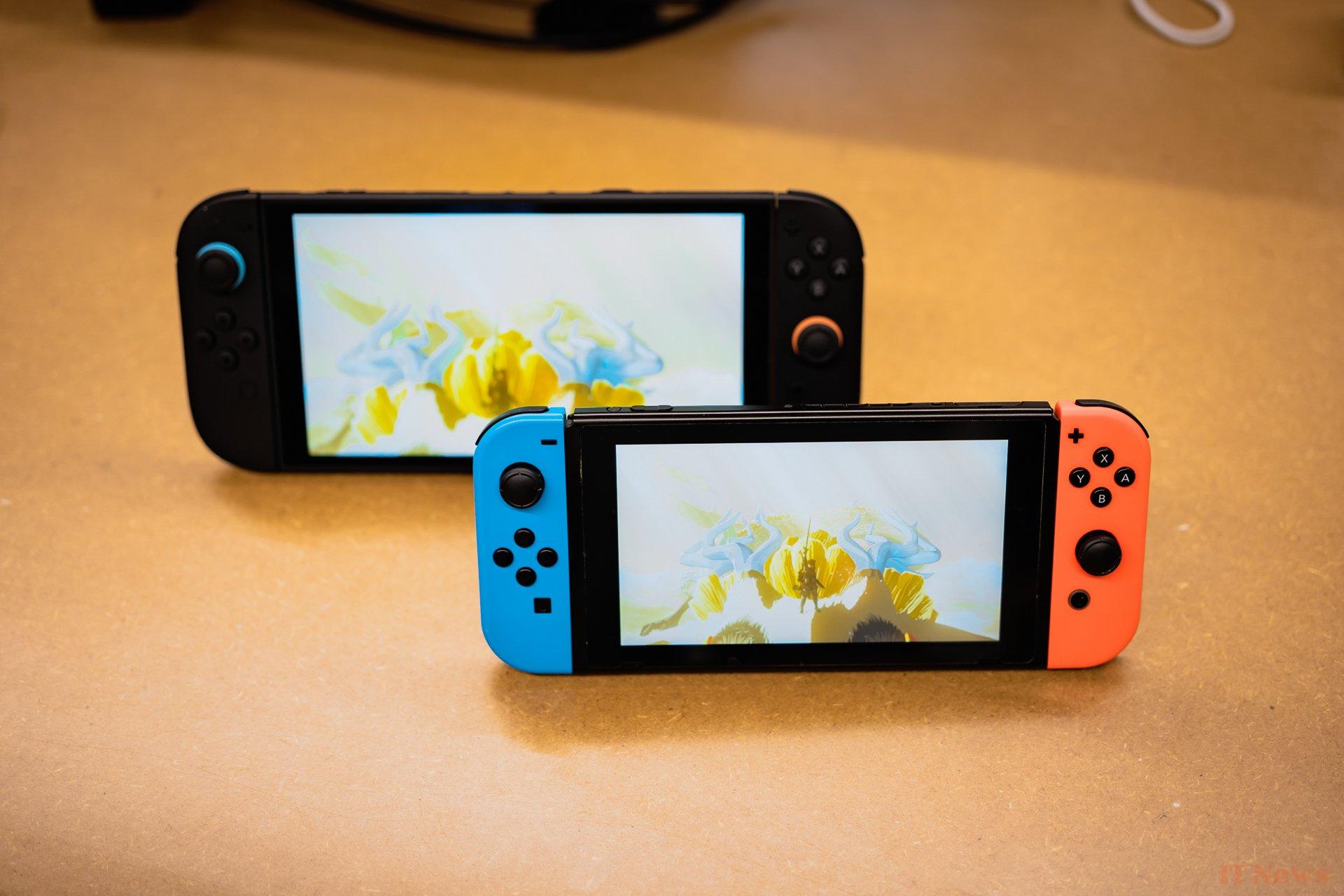
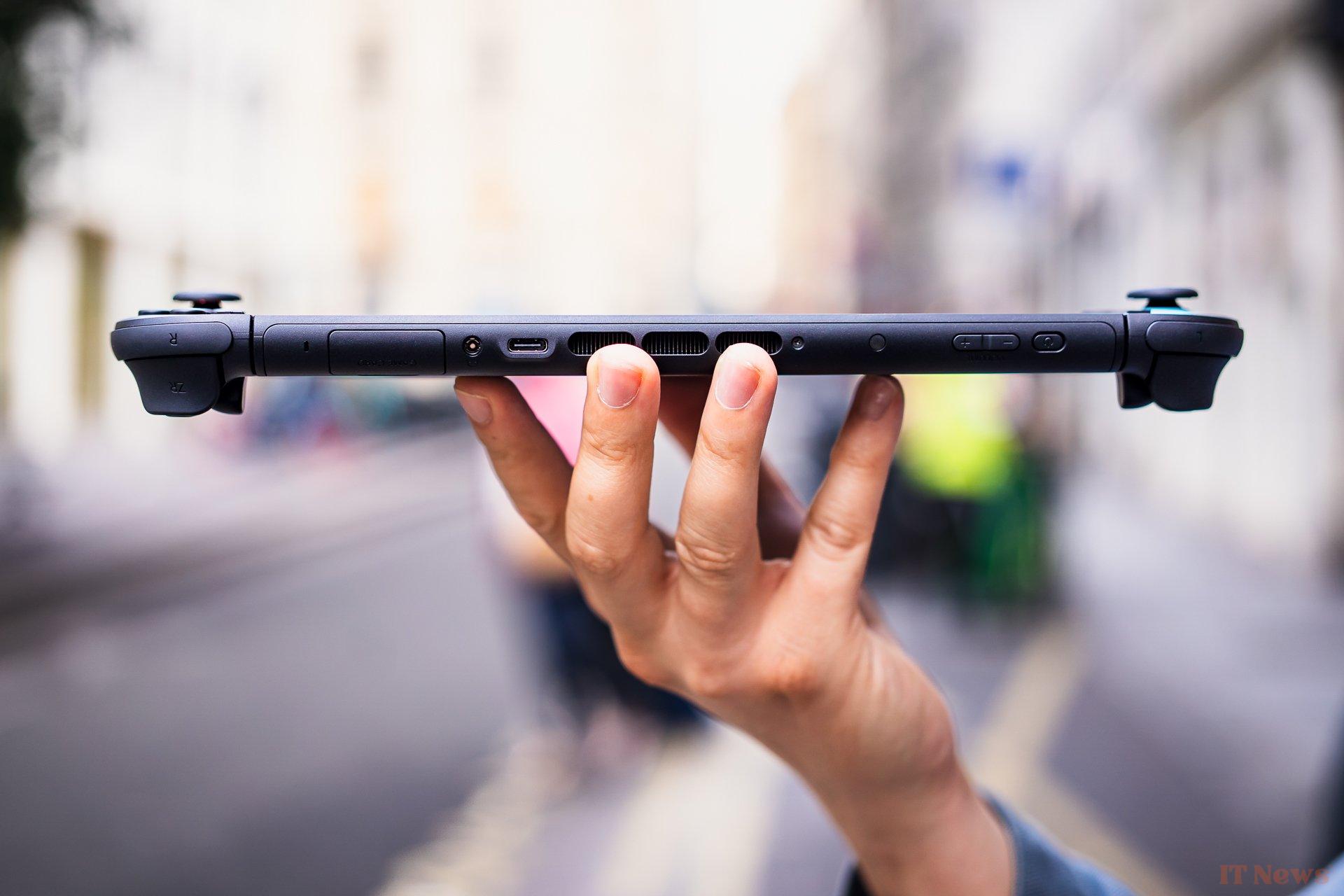
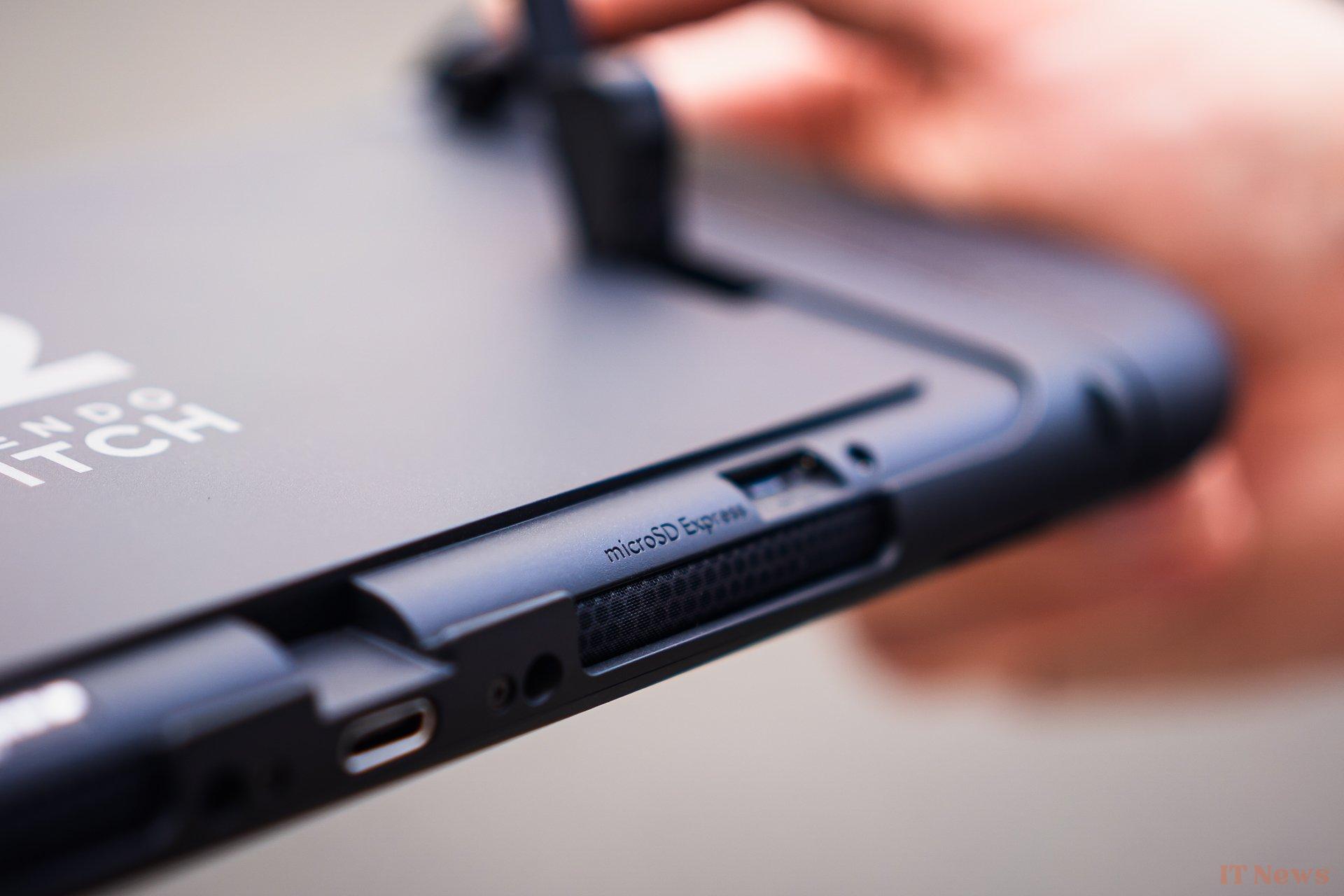
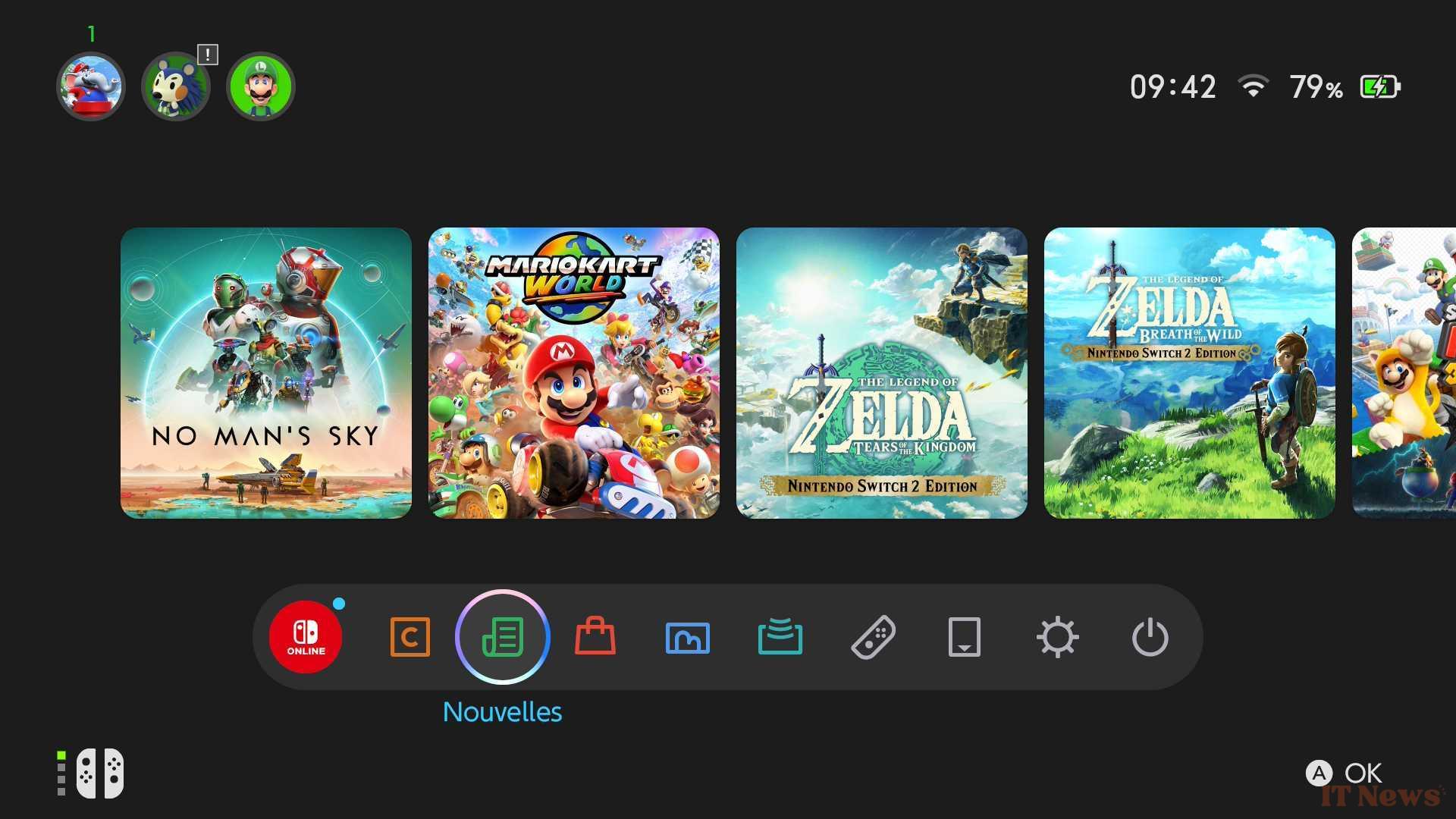

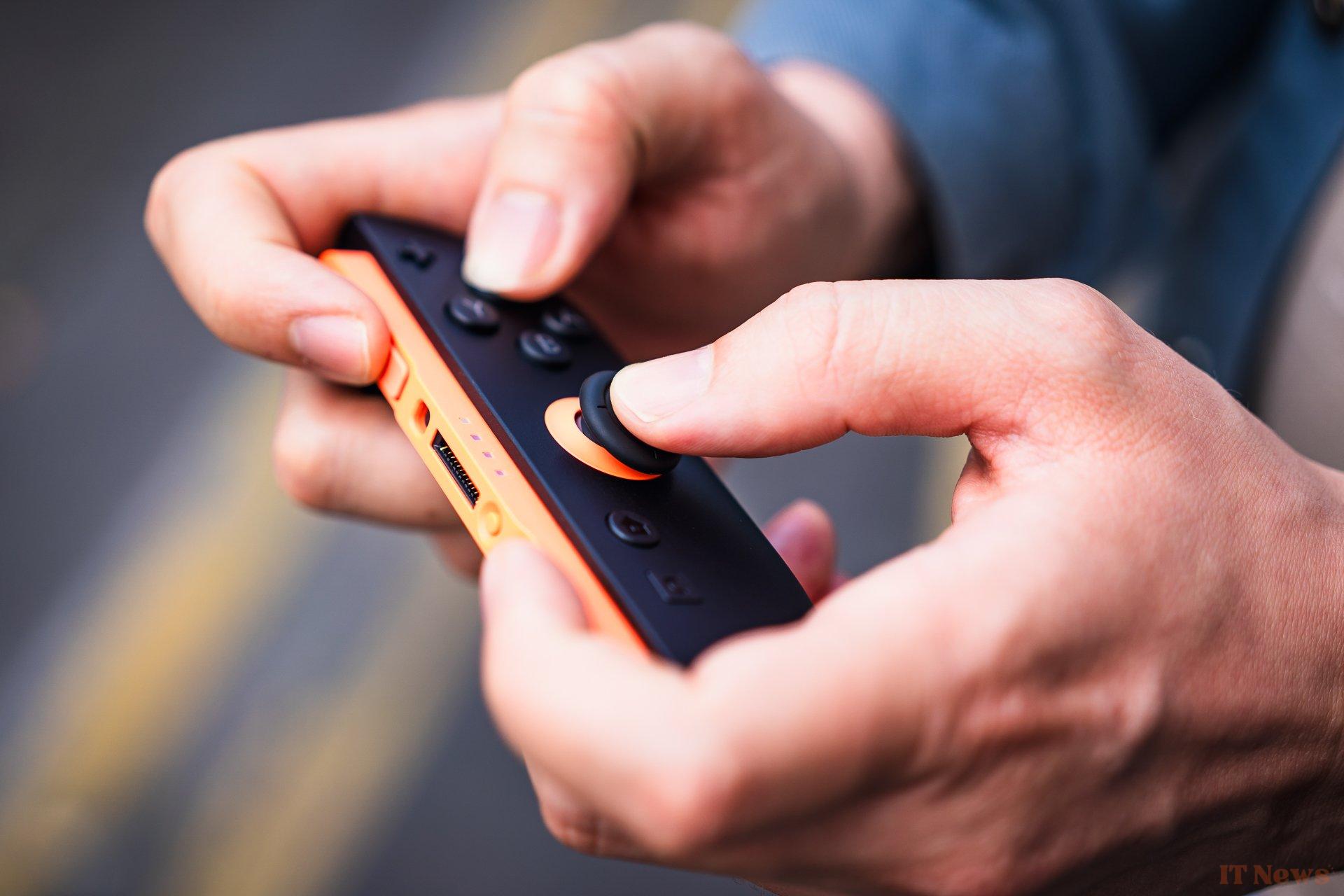
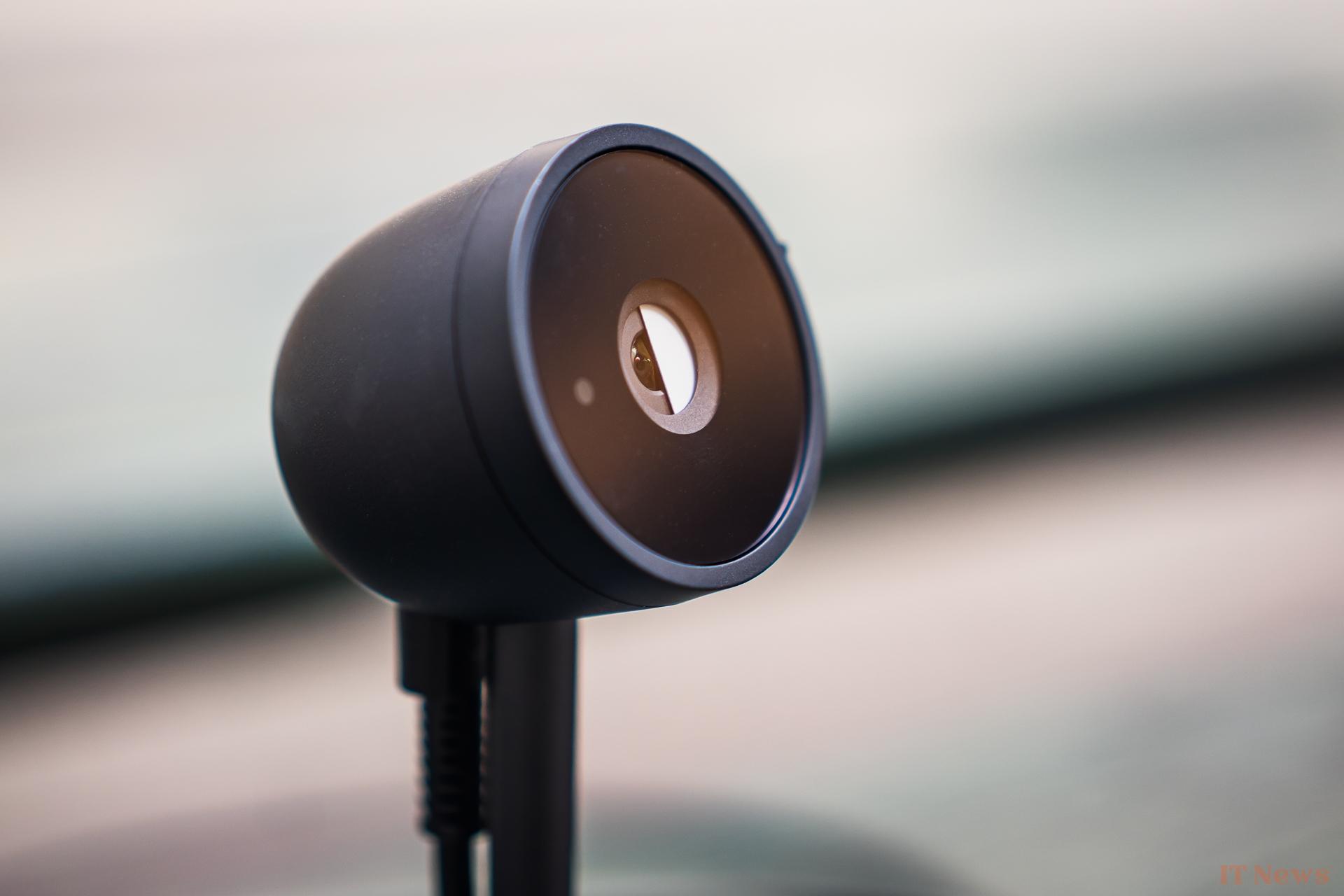
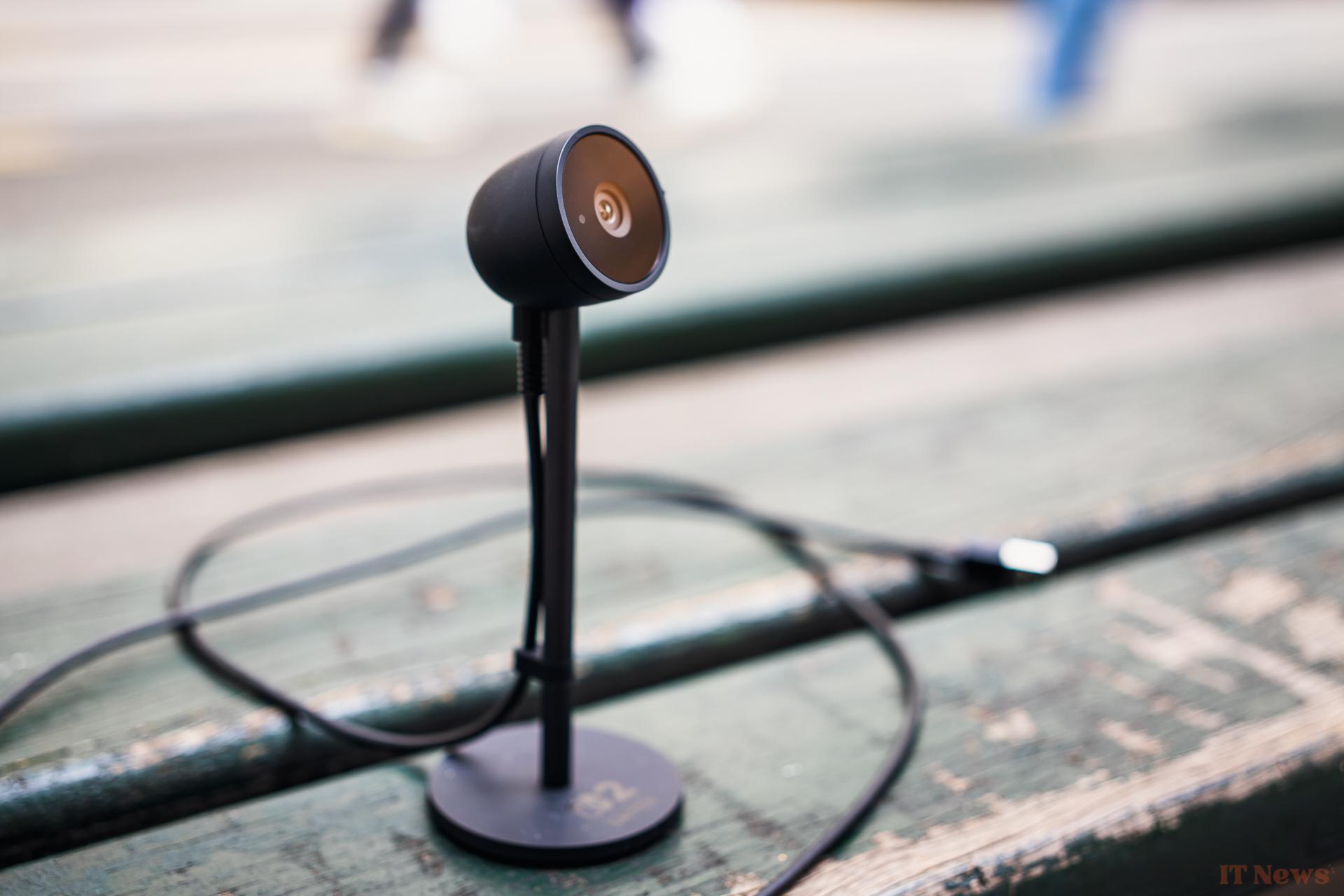
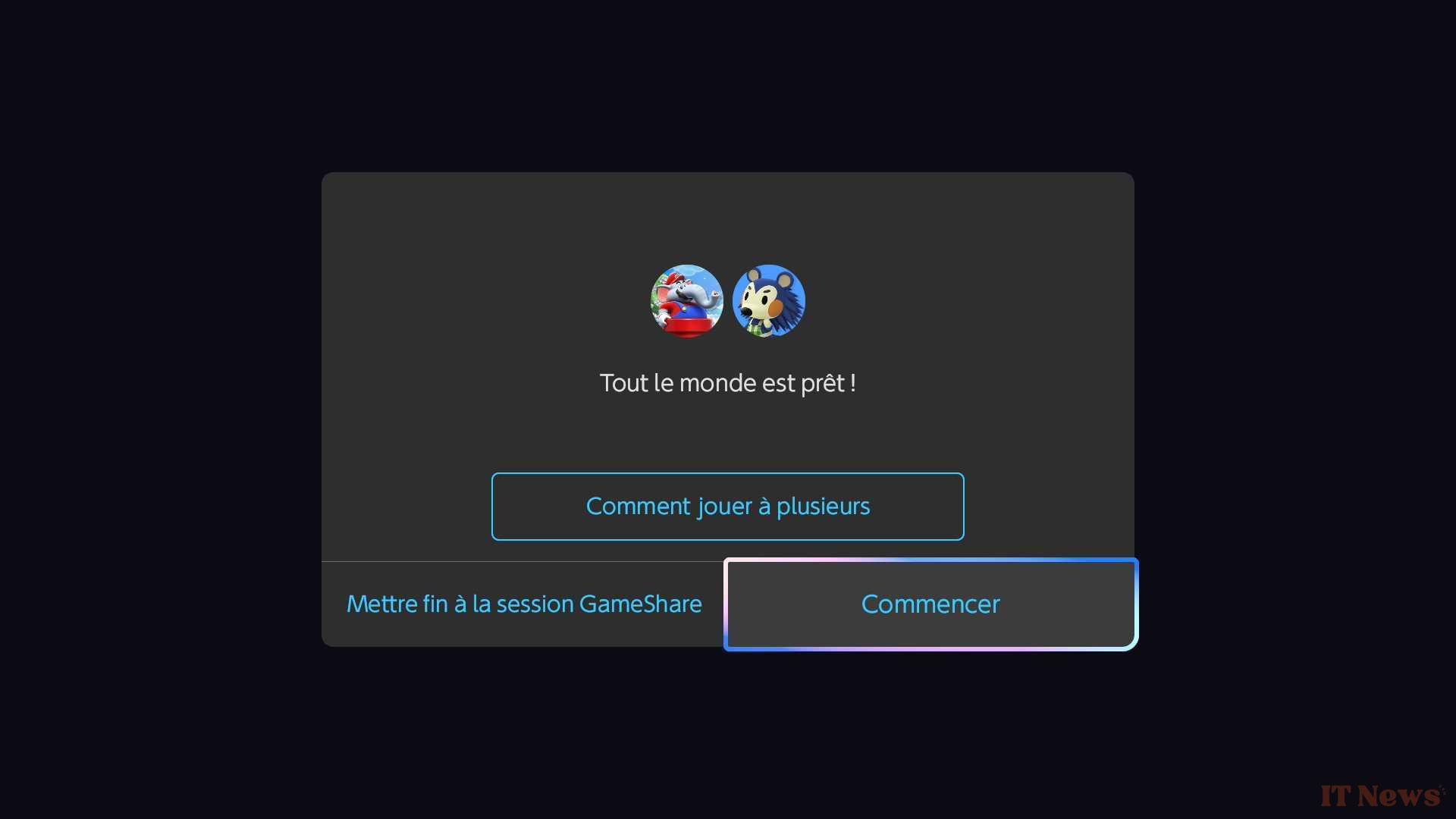
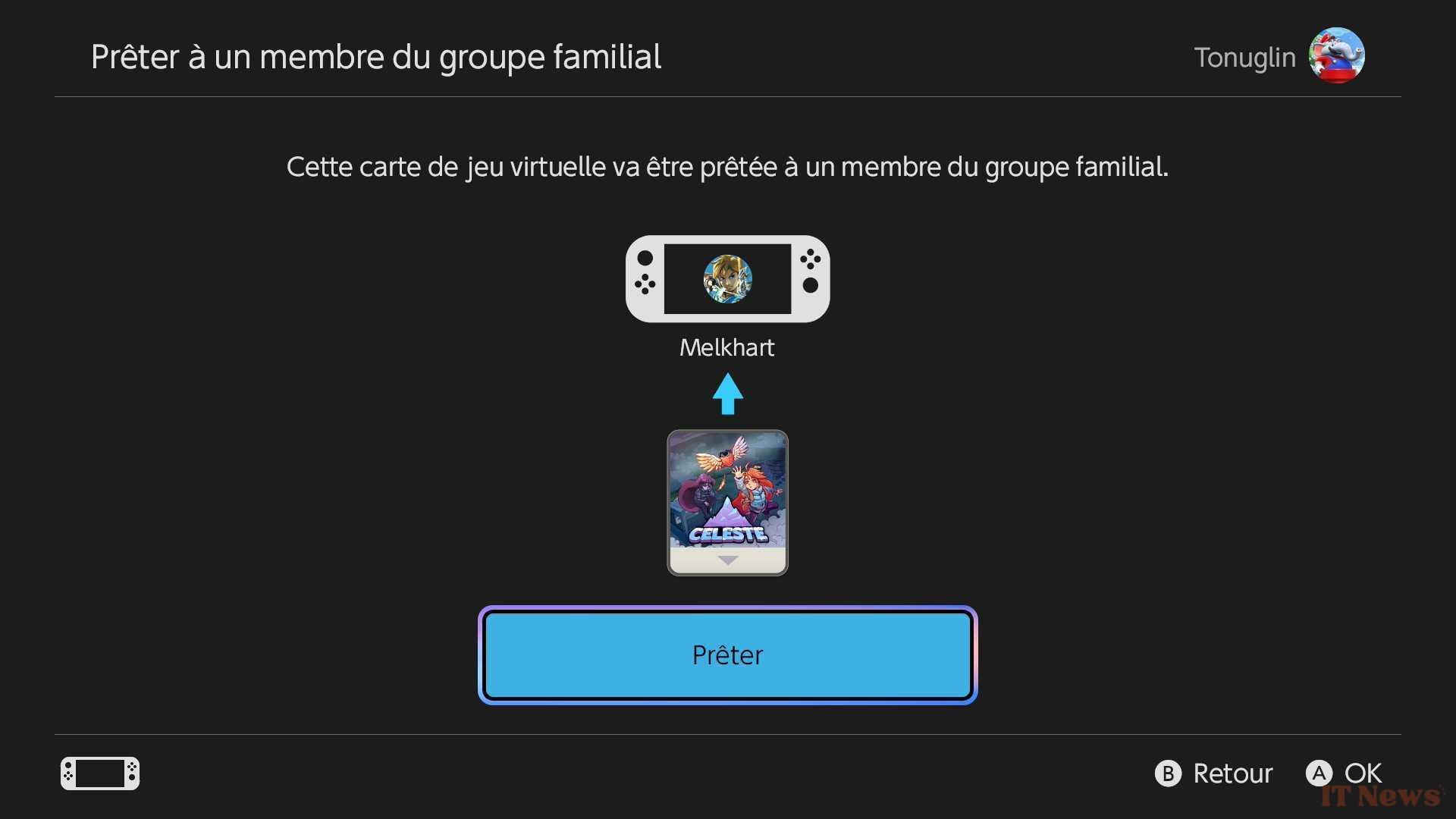
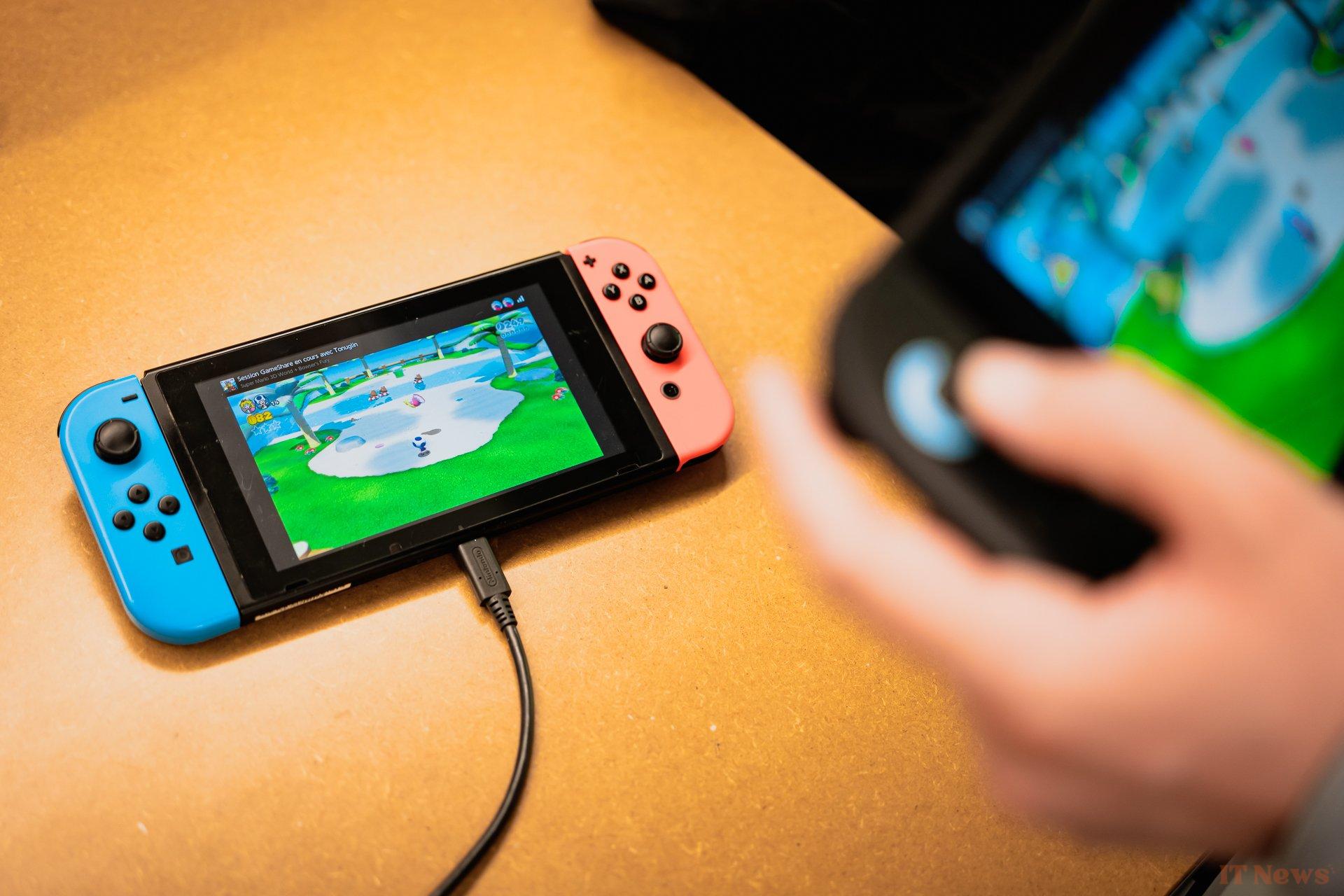
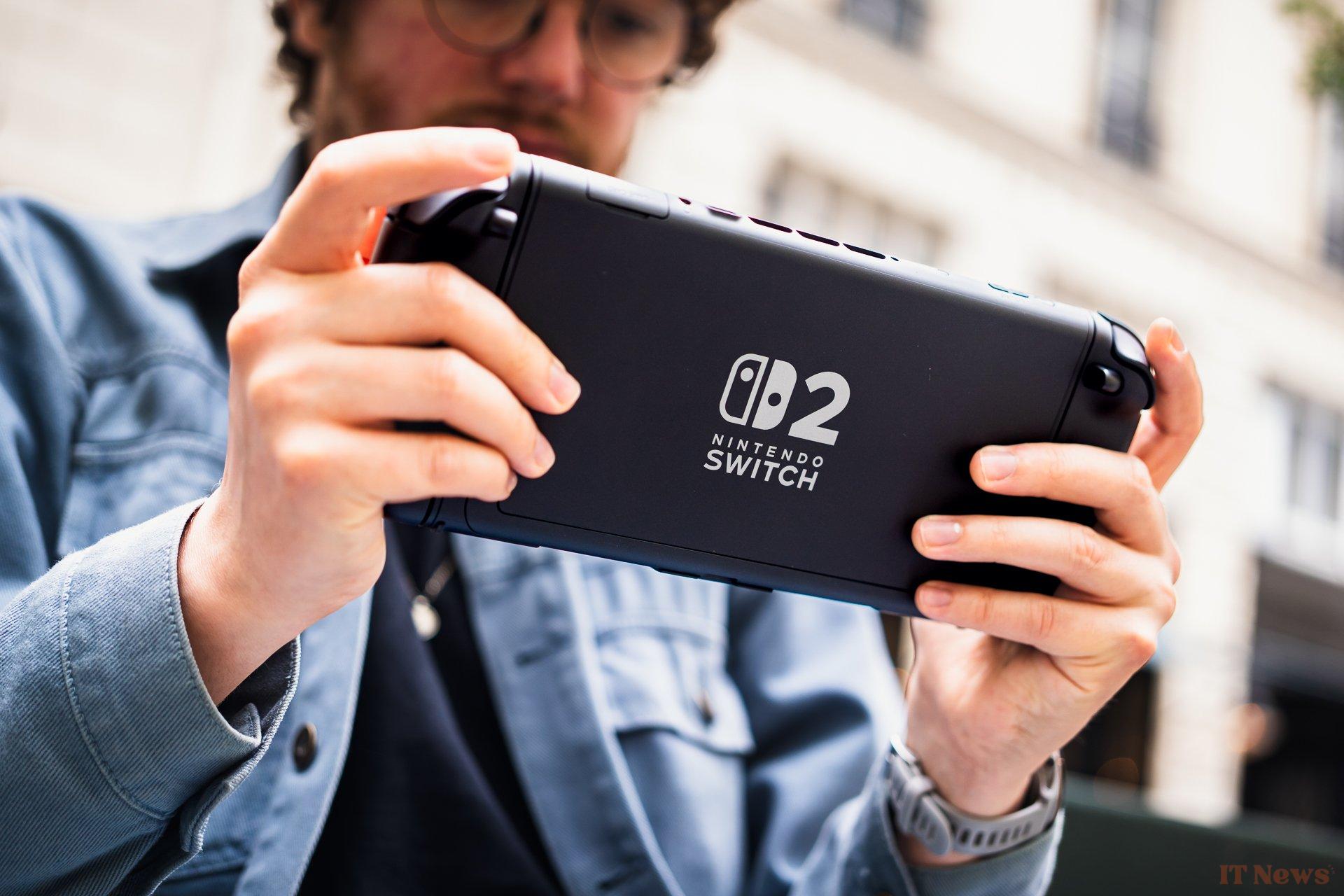
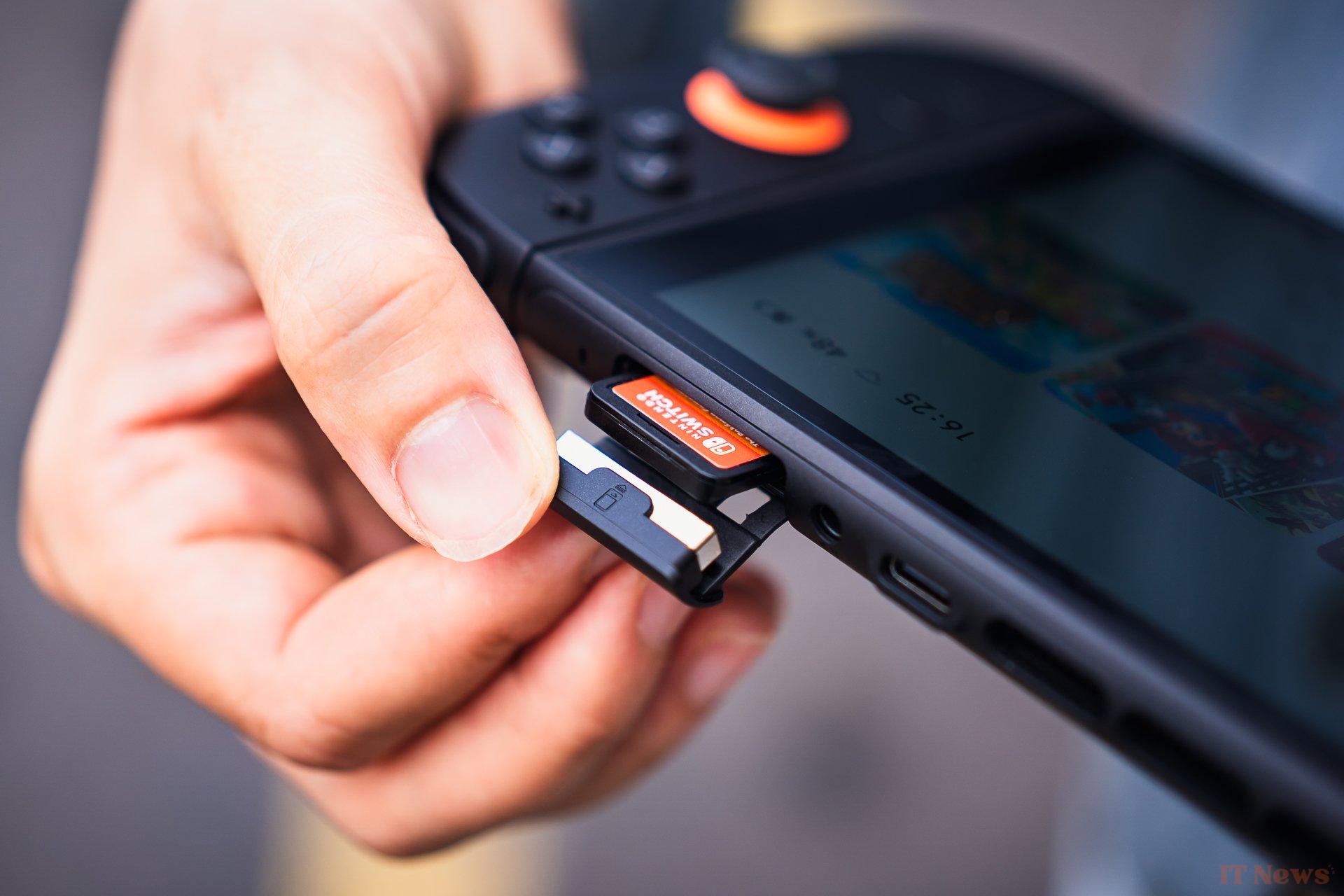
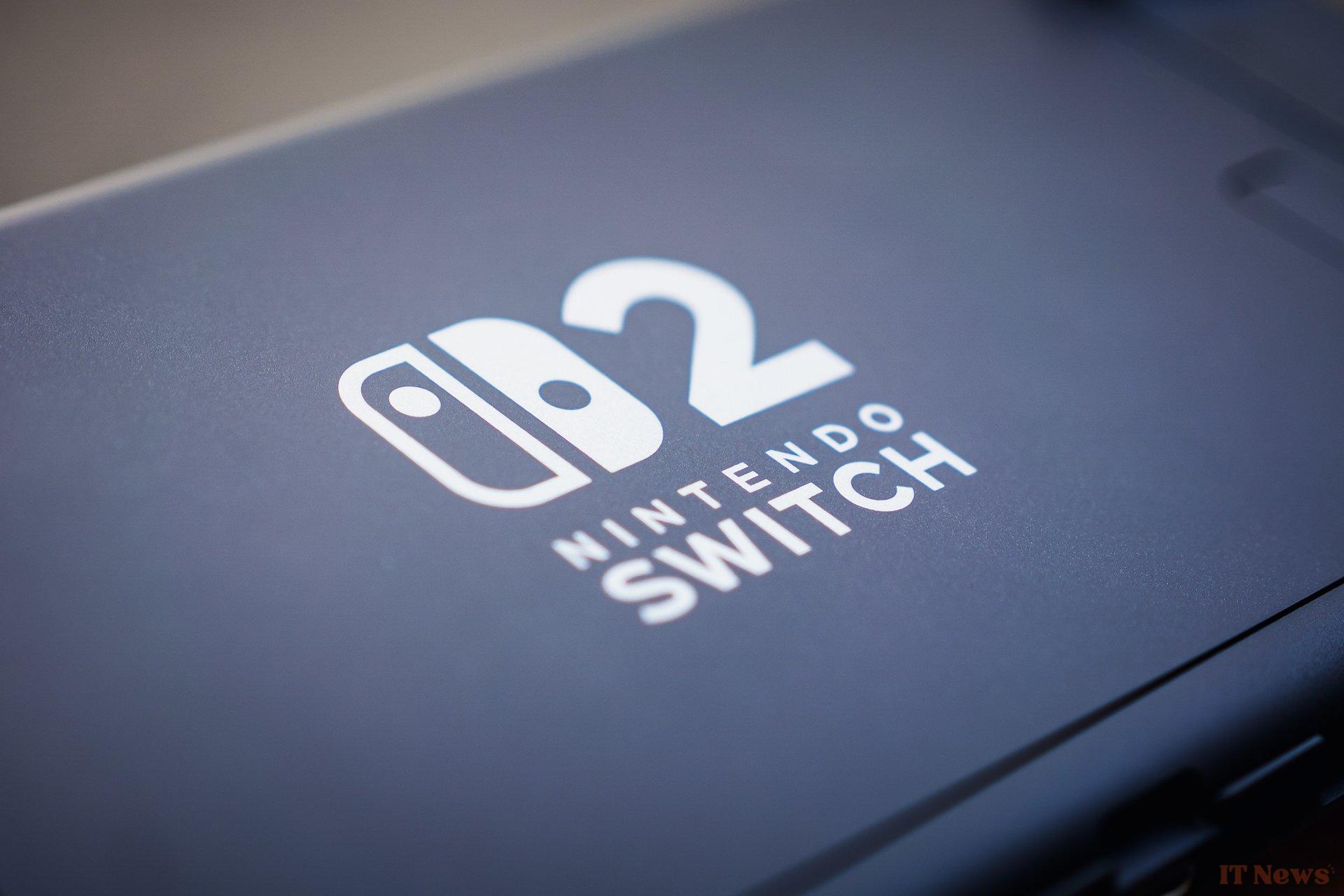

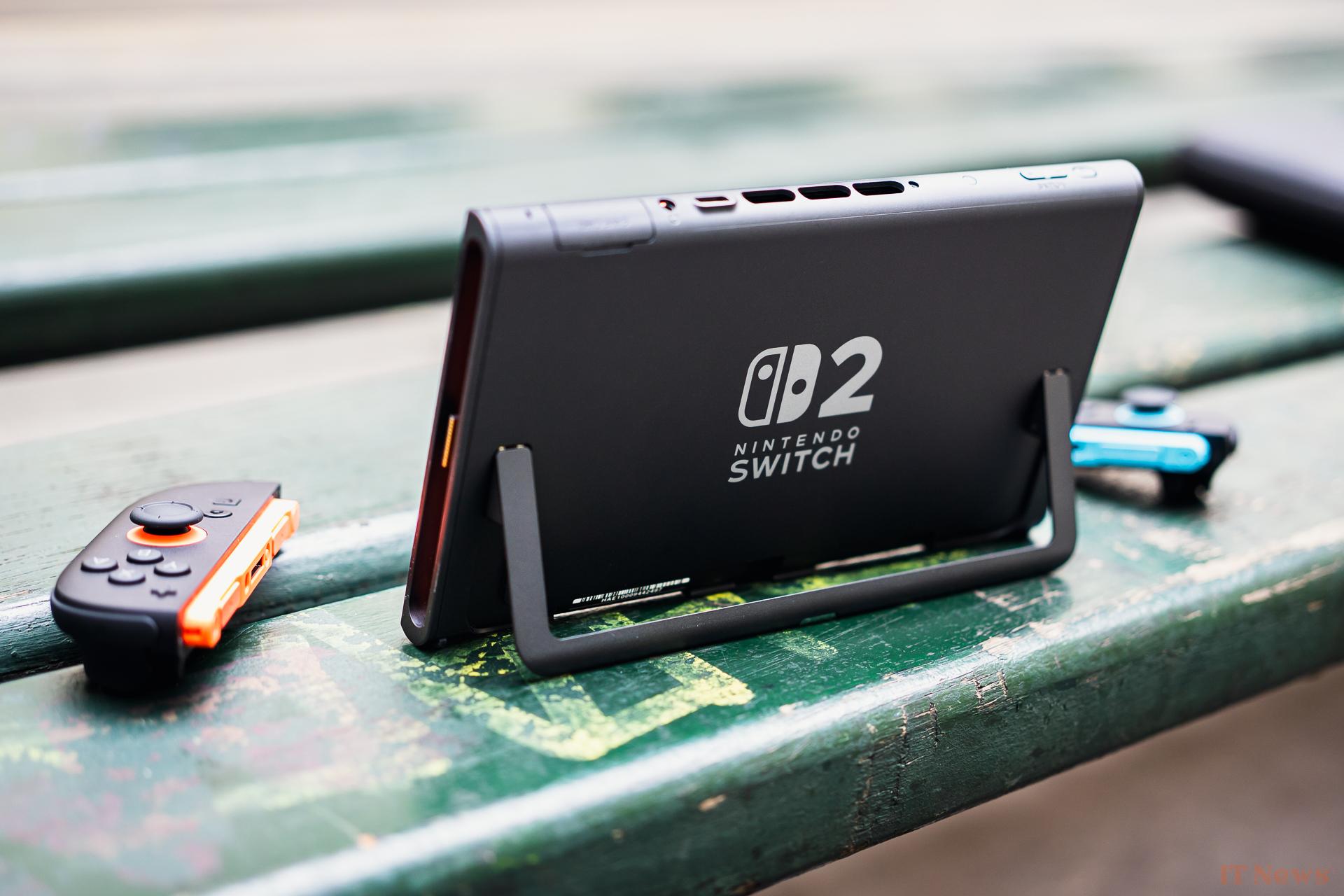

0 Comments